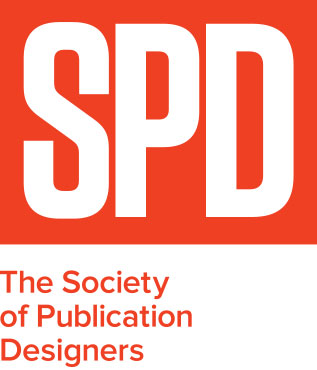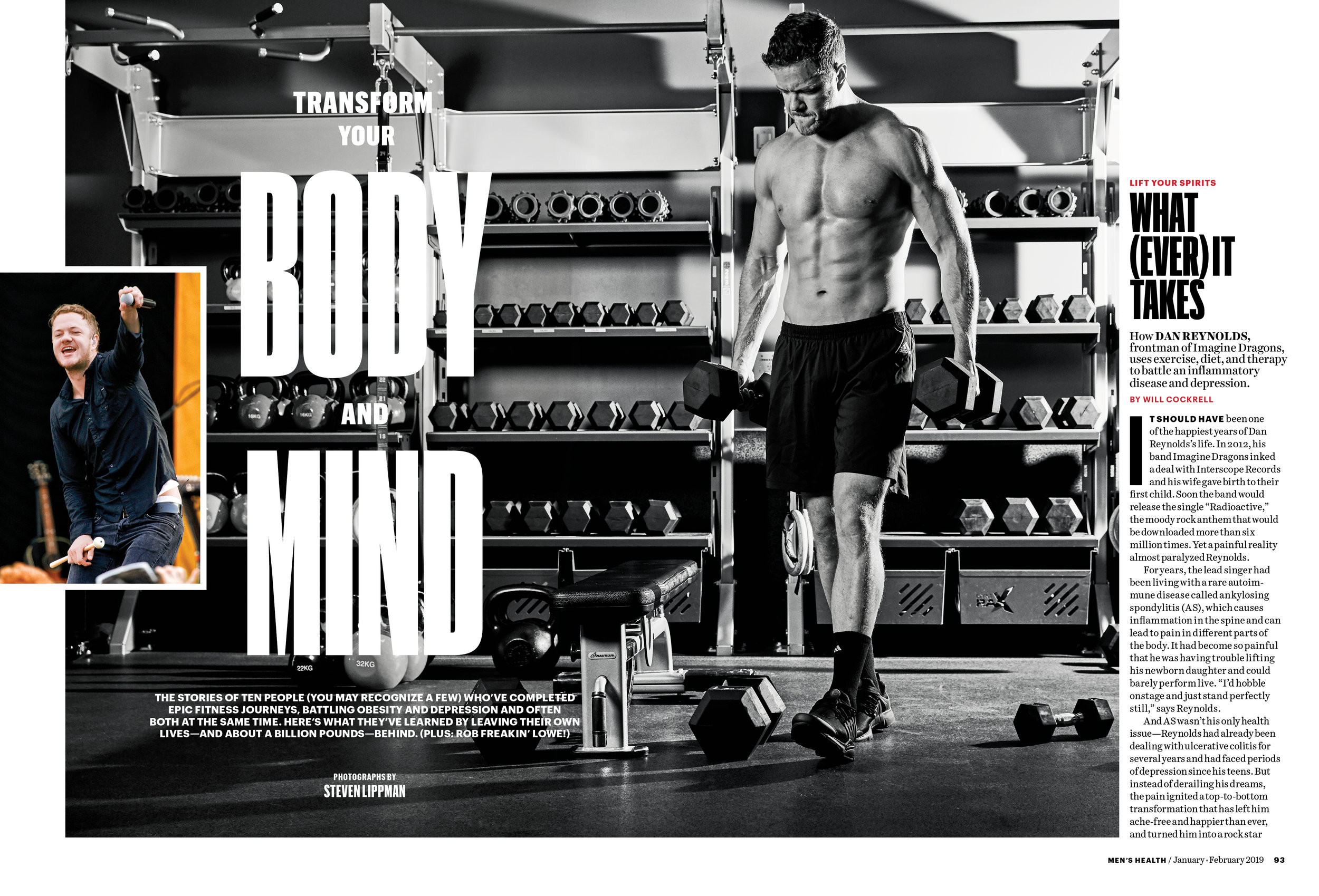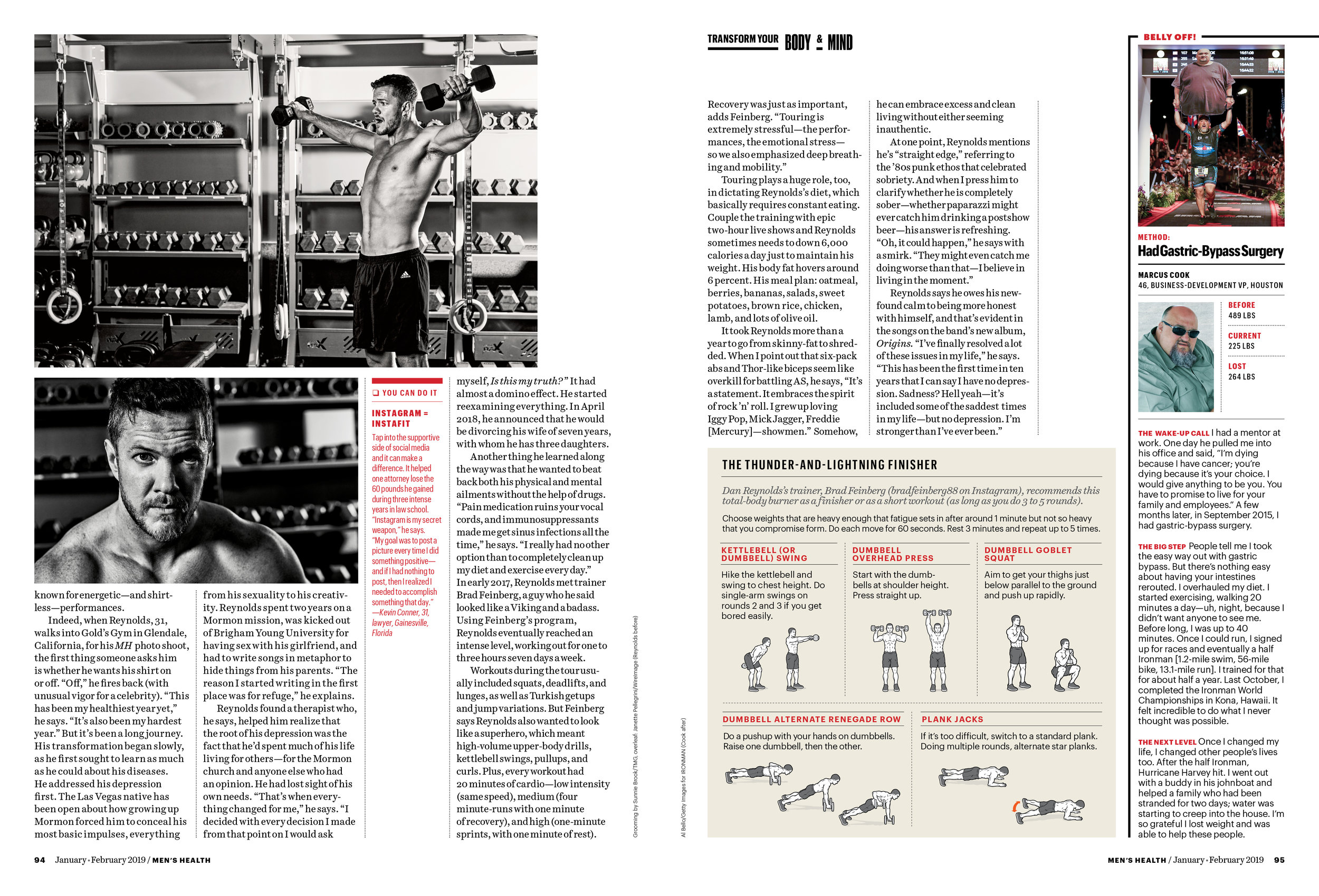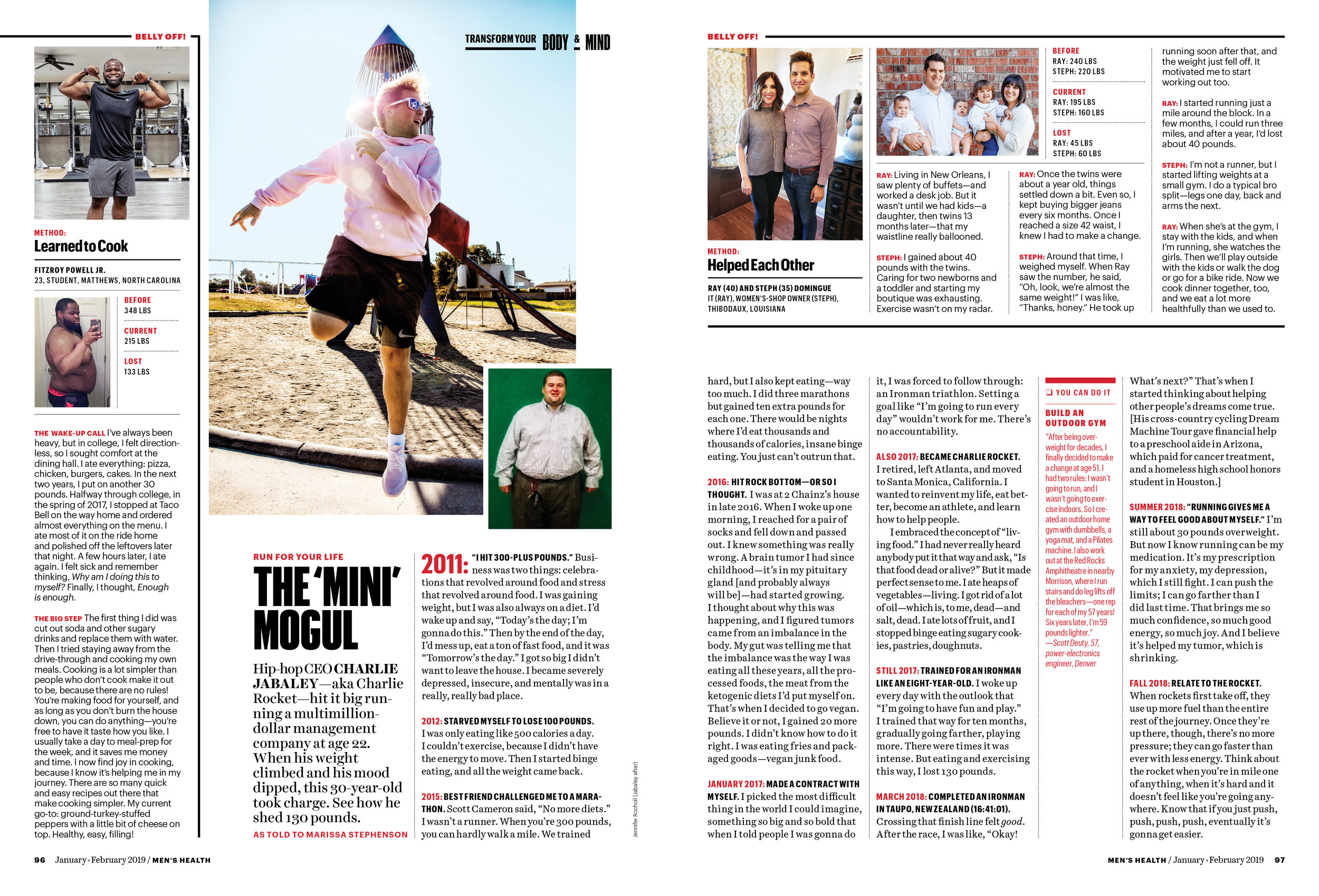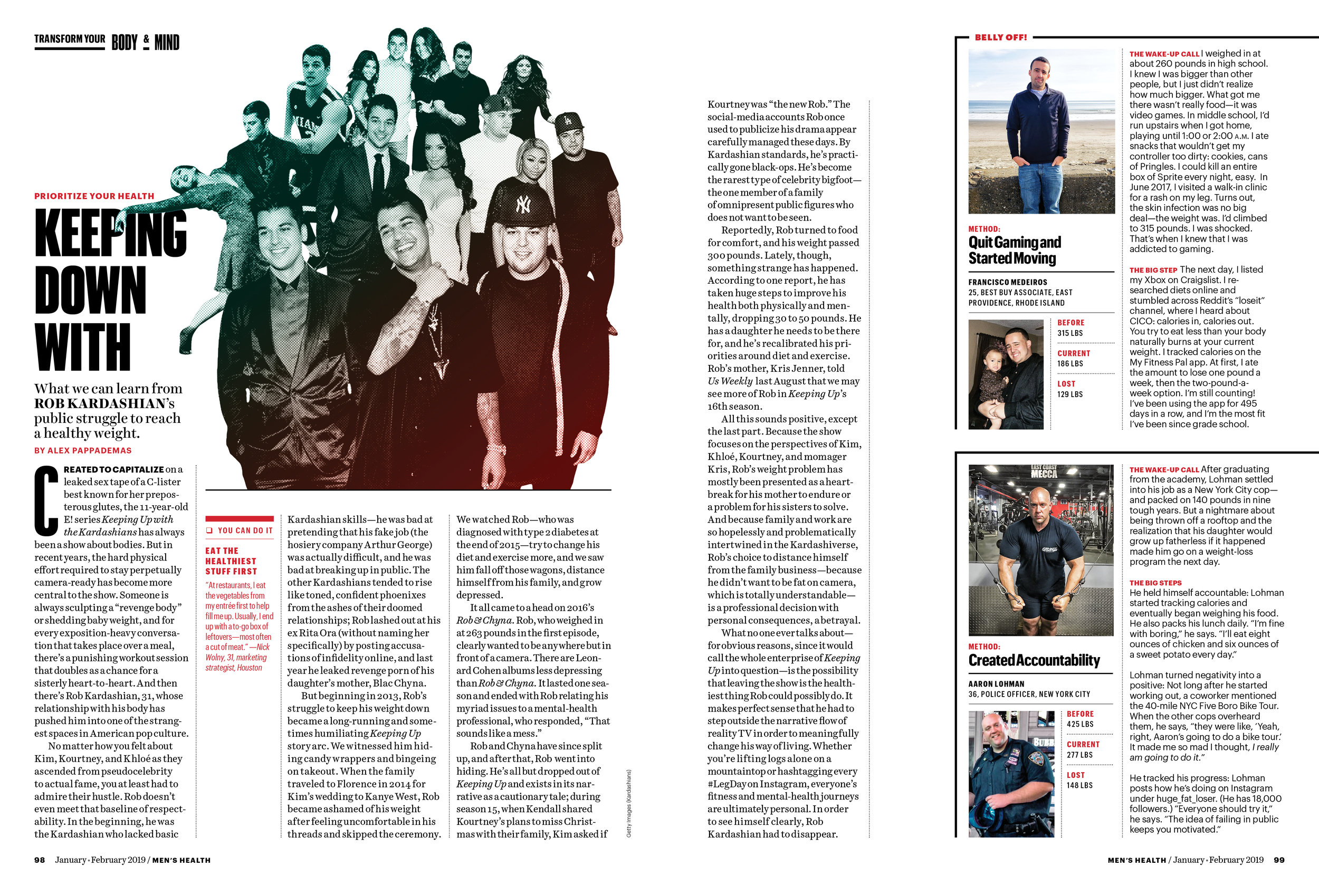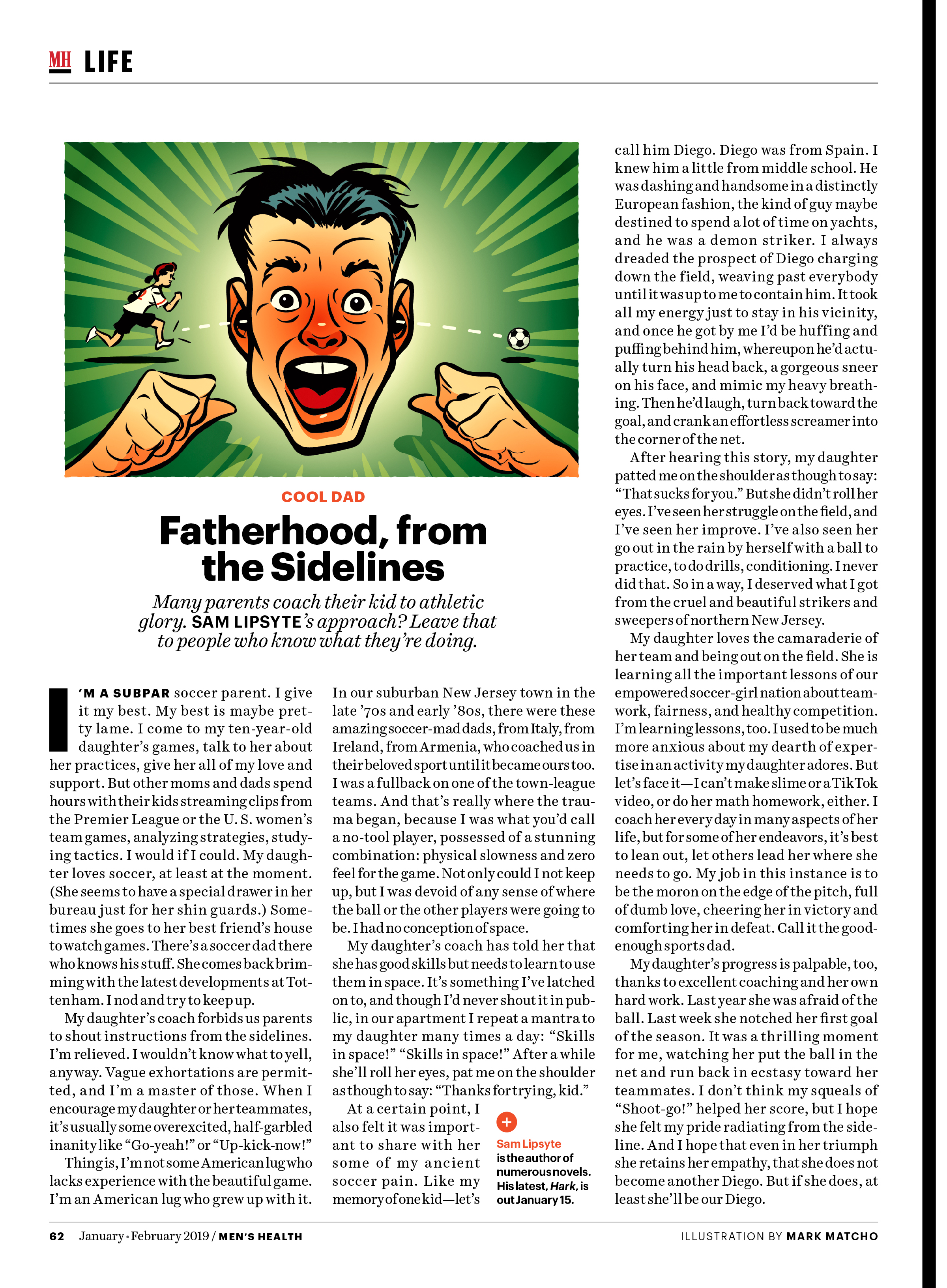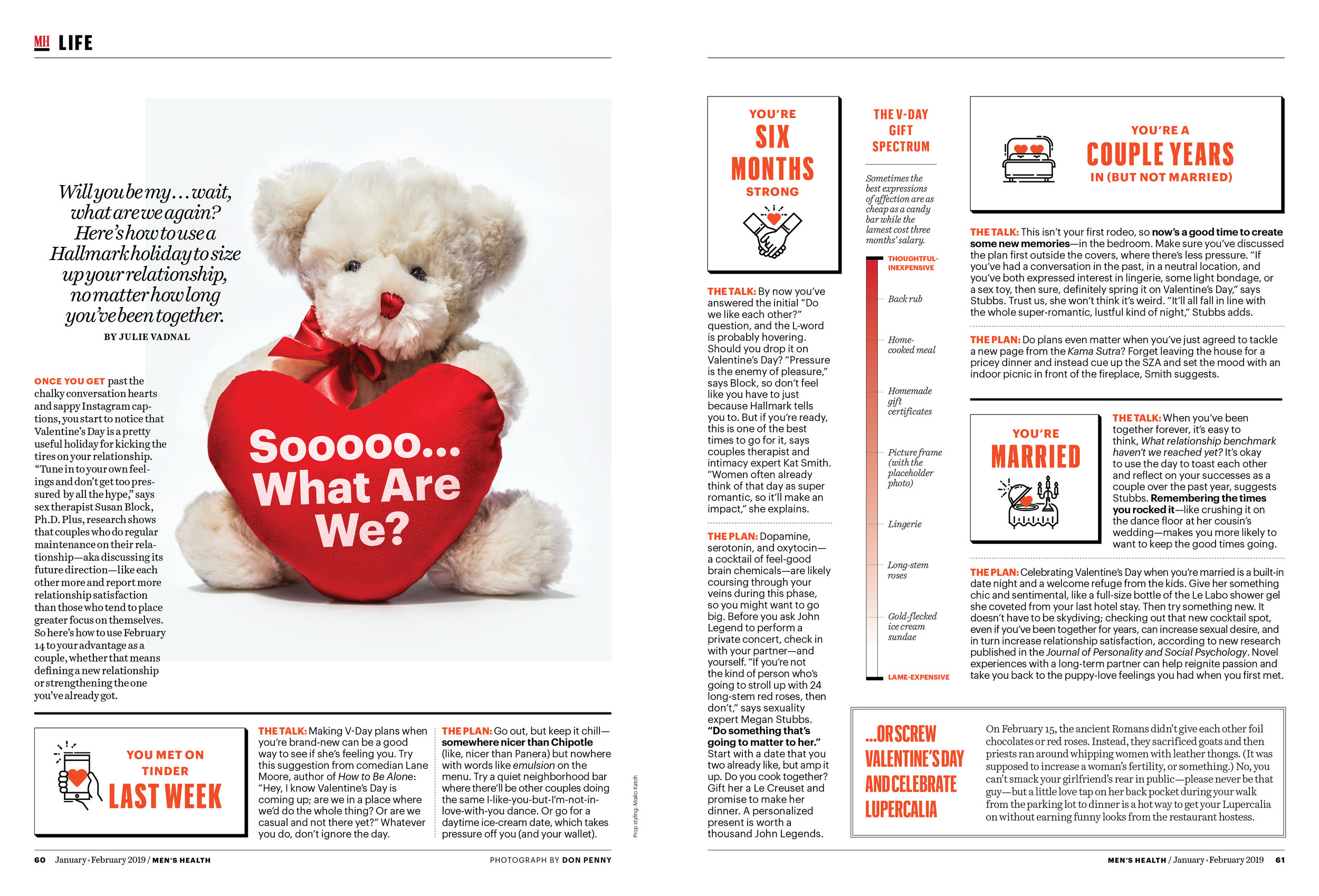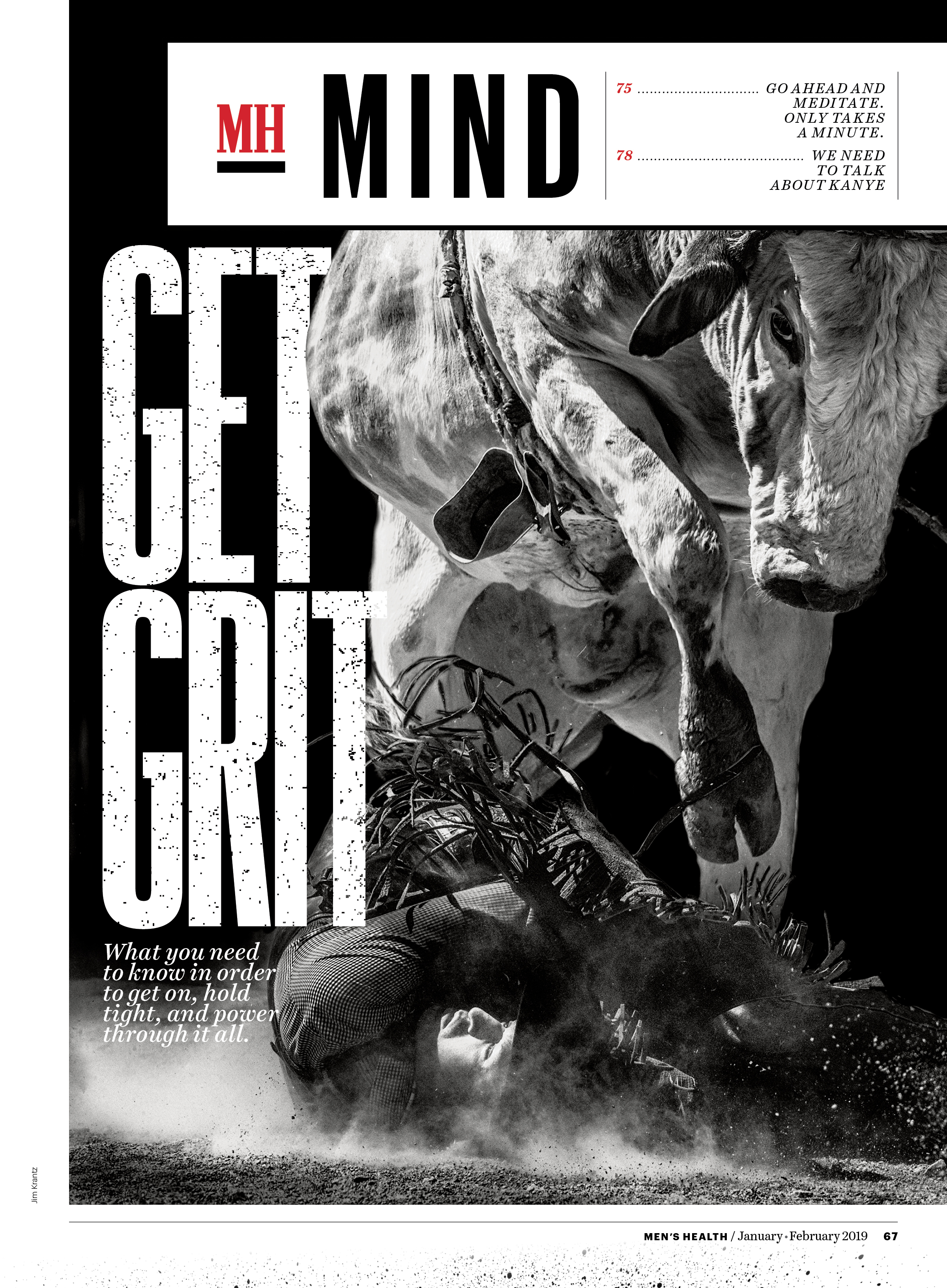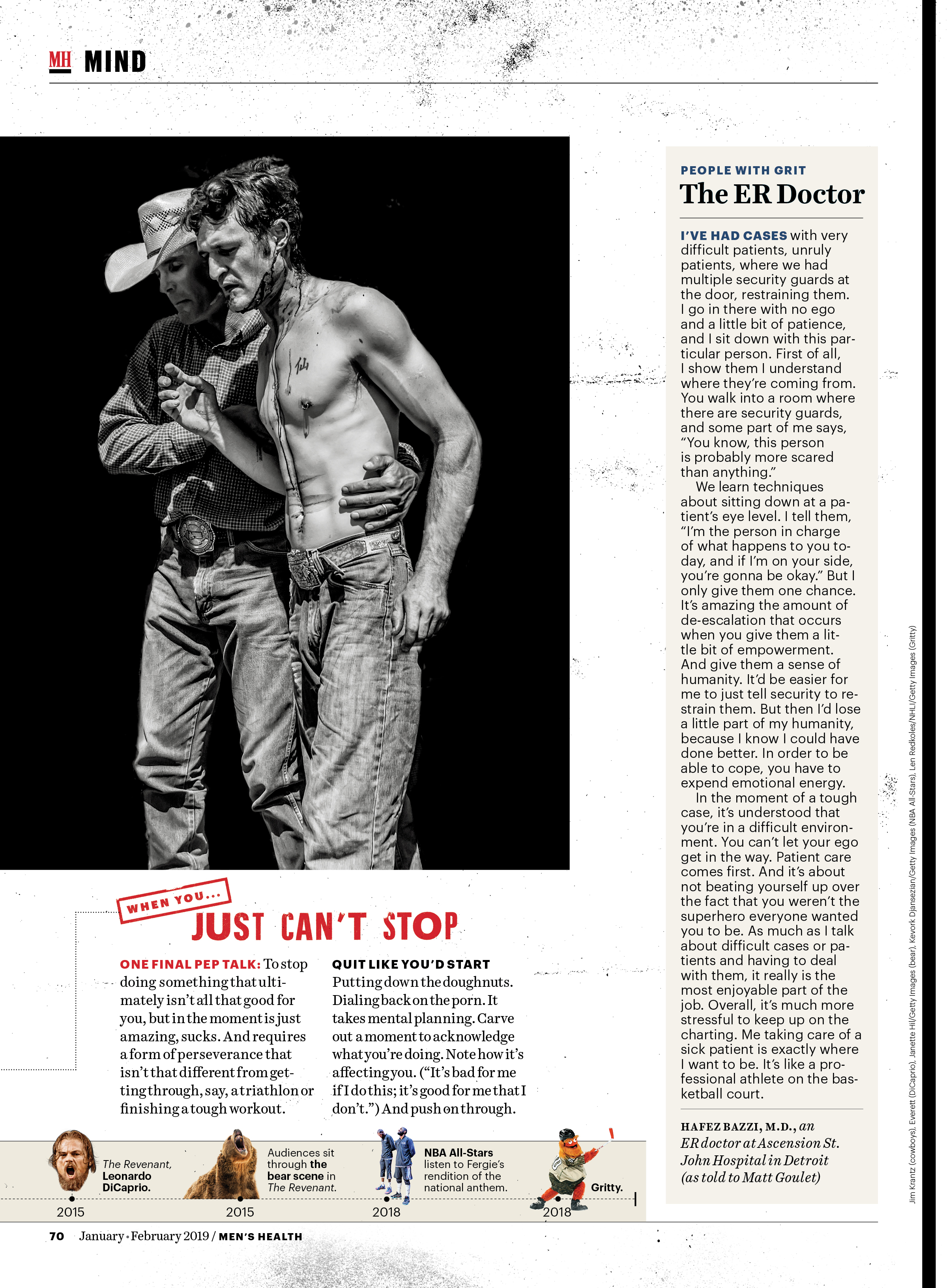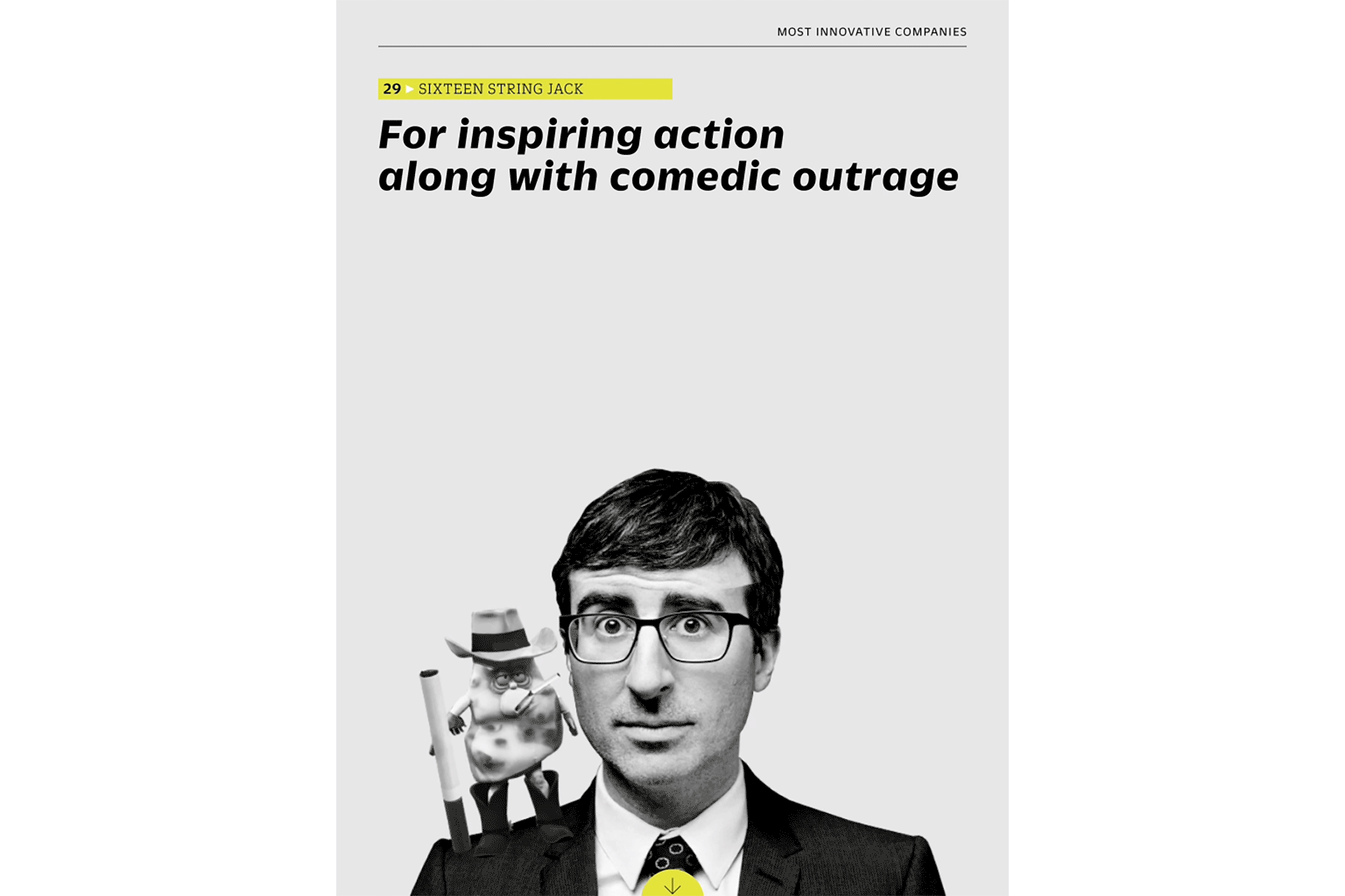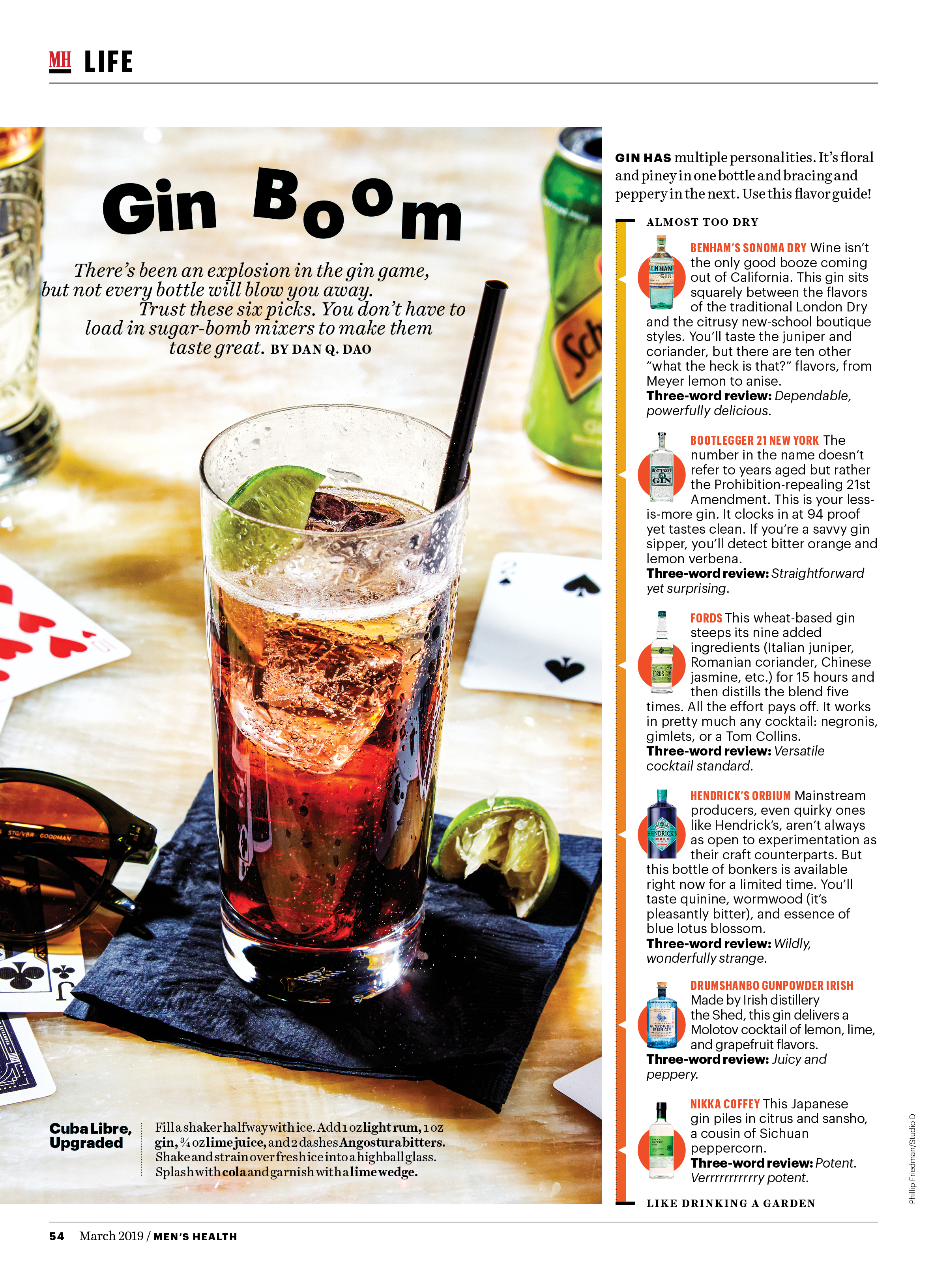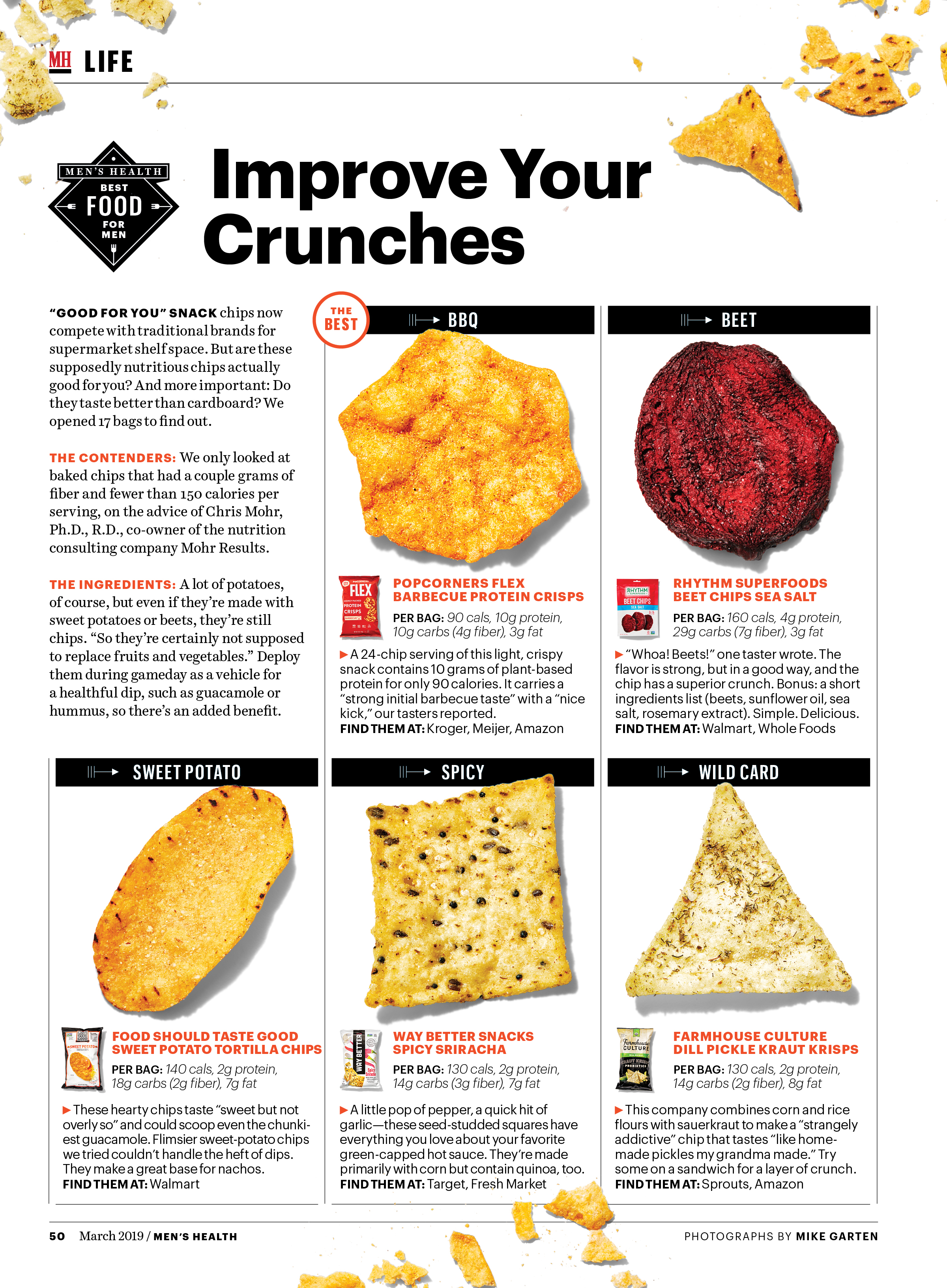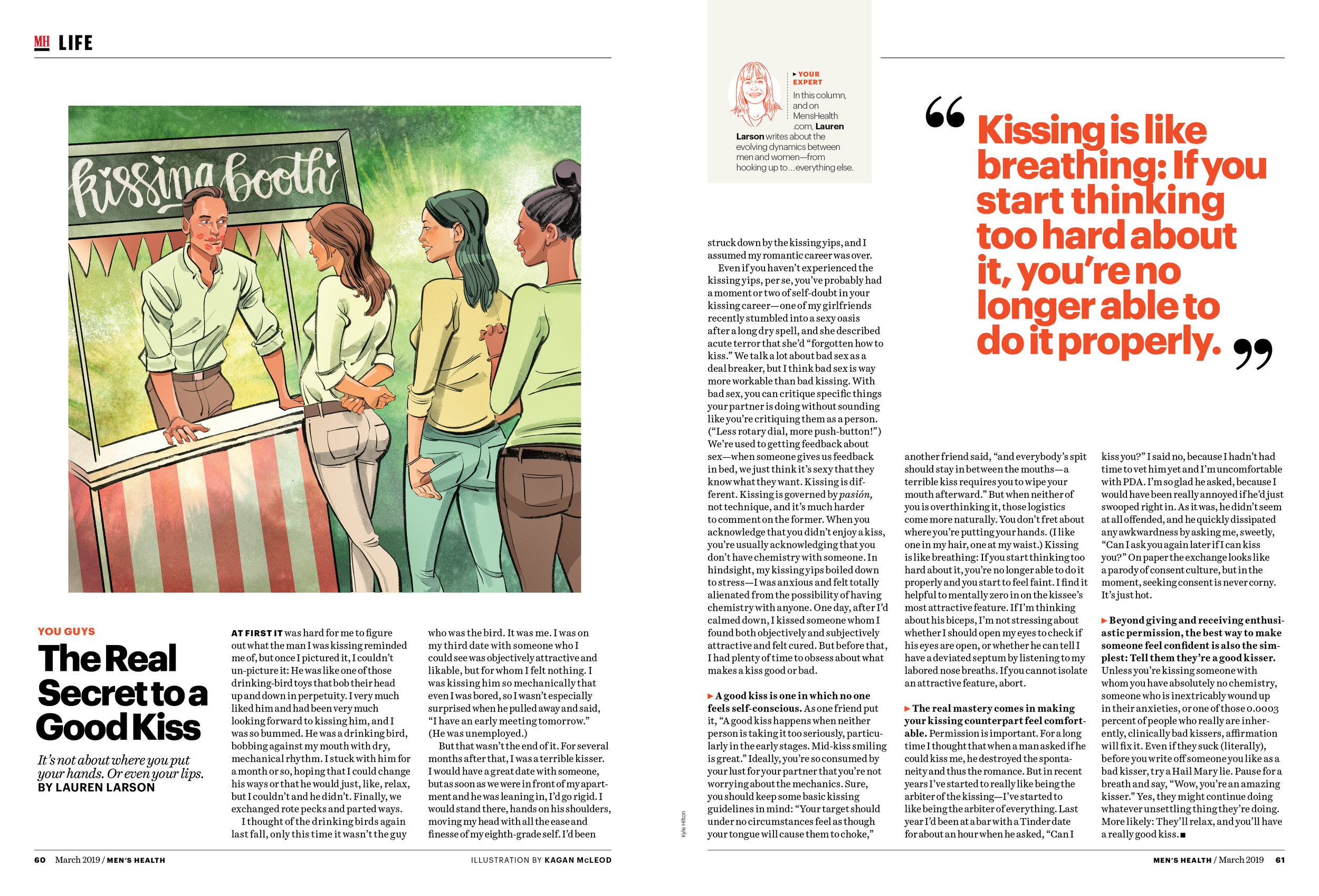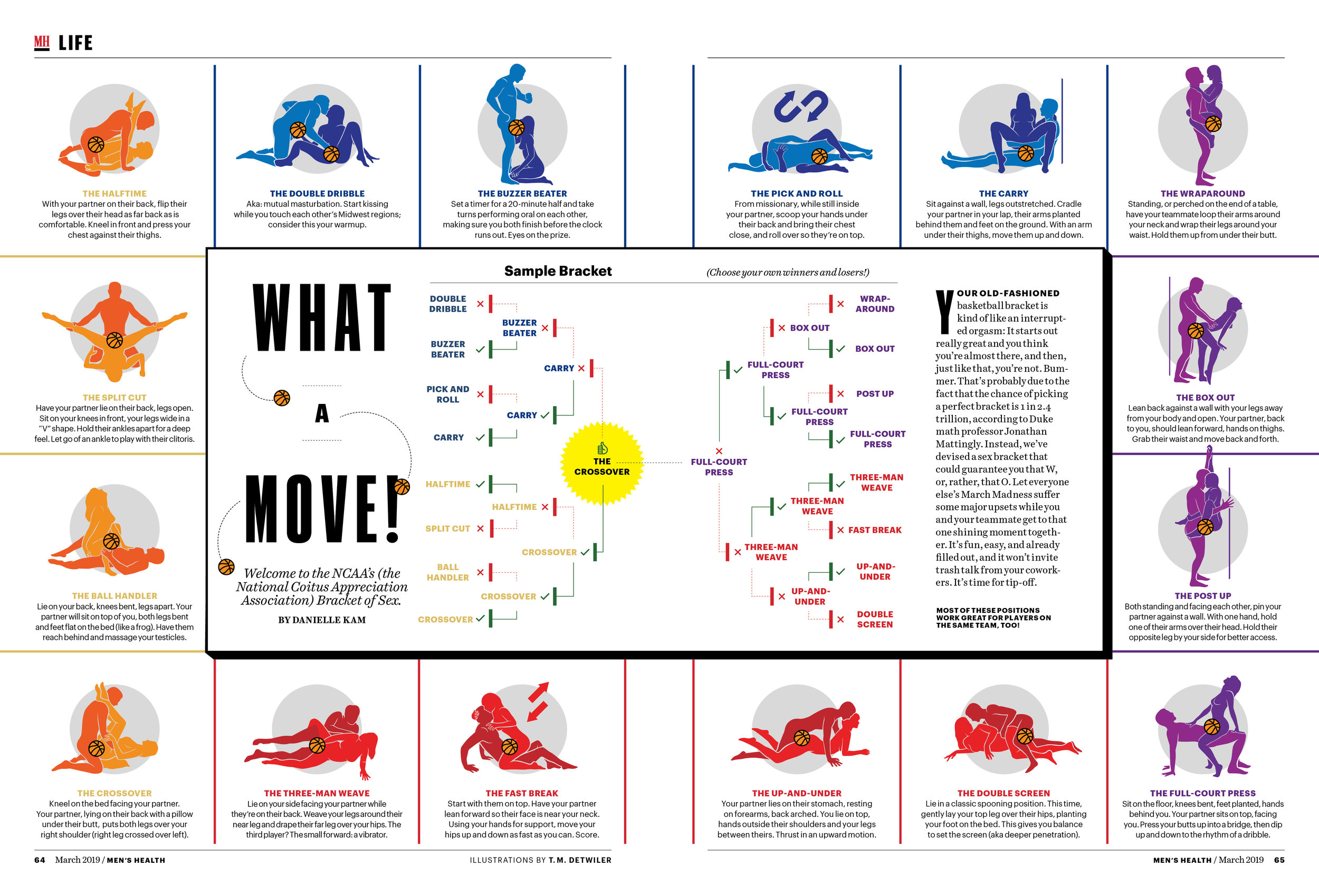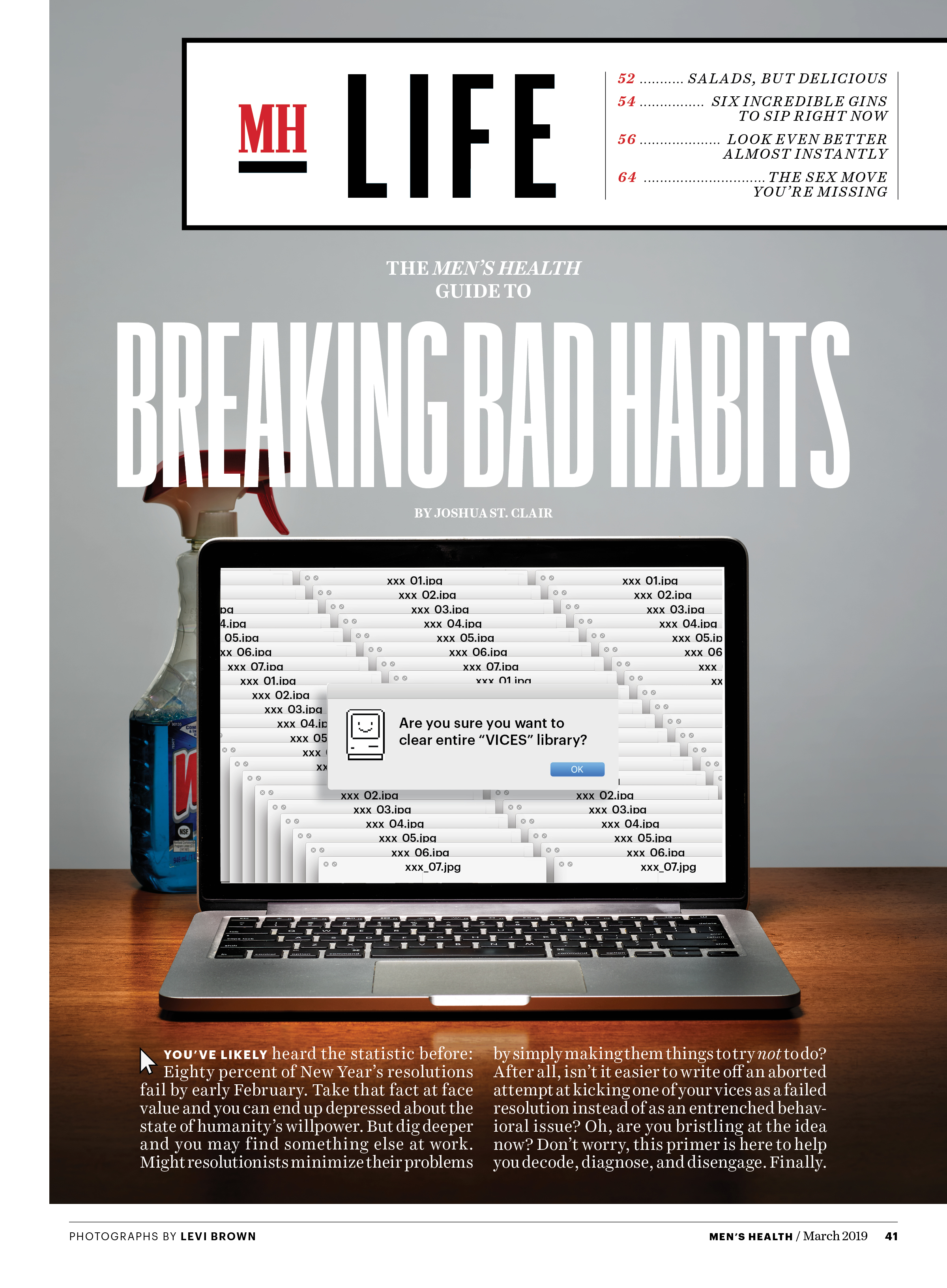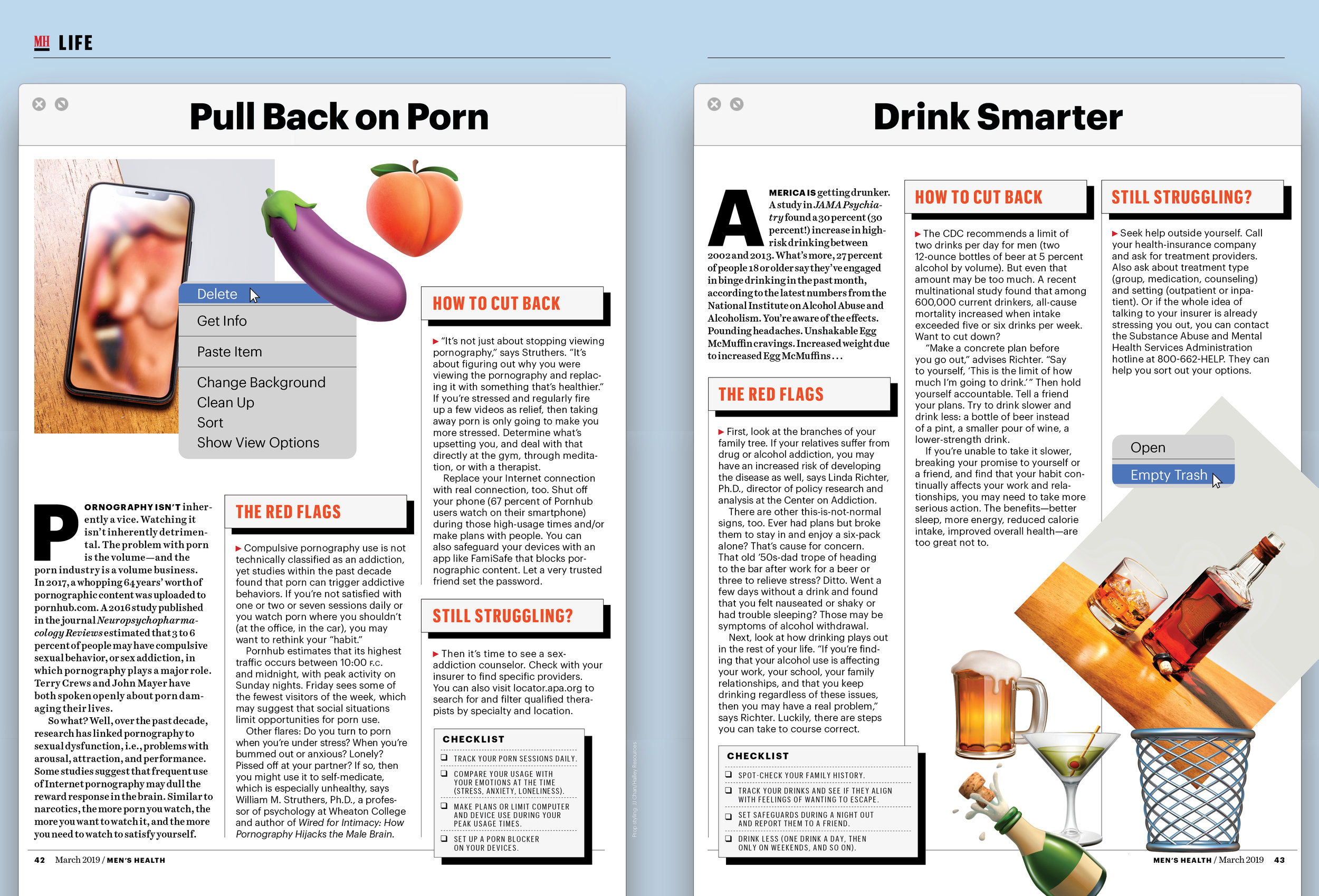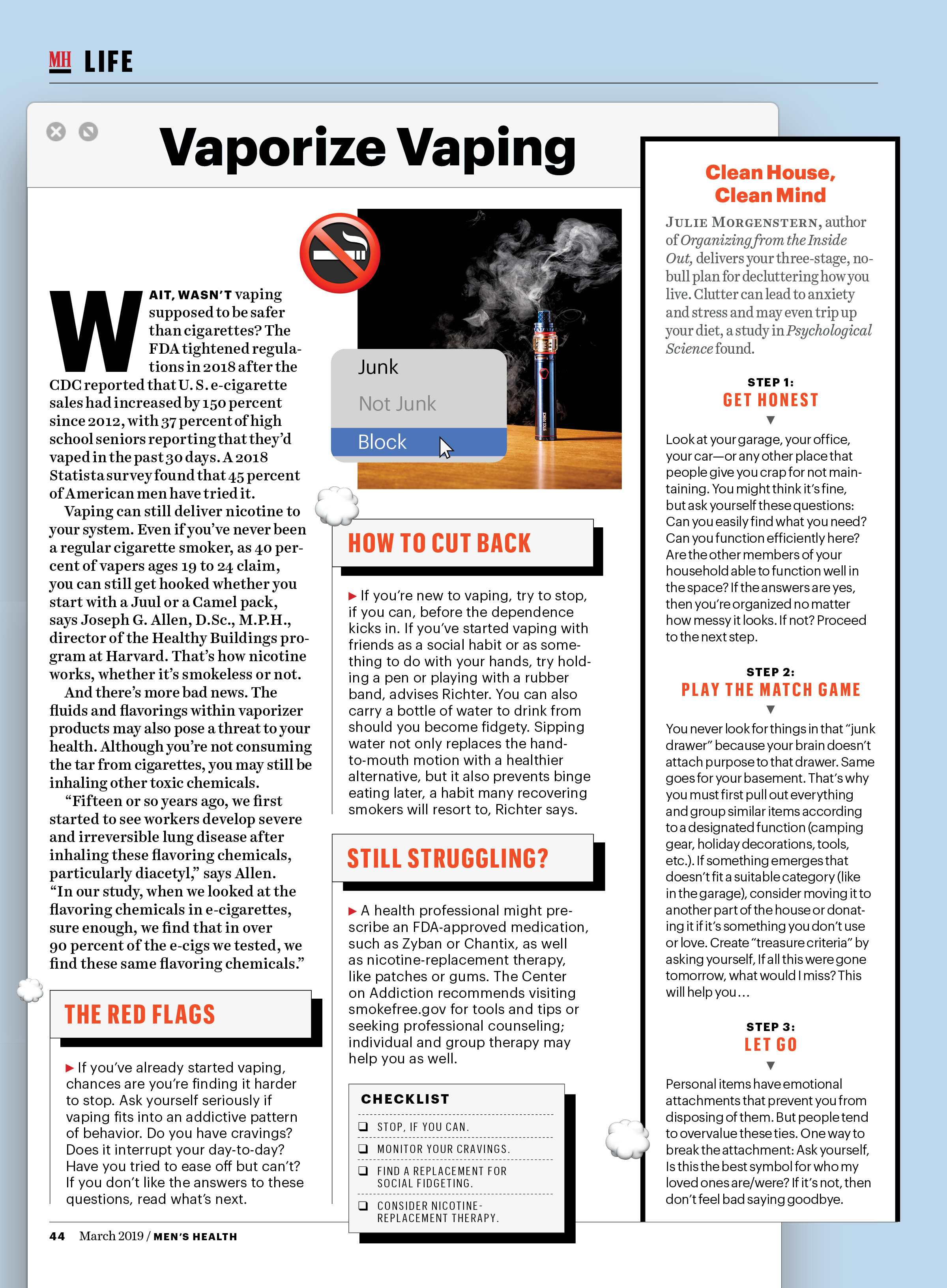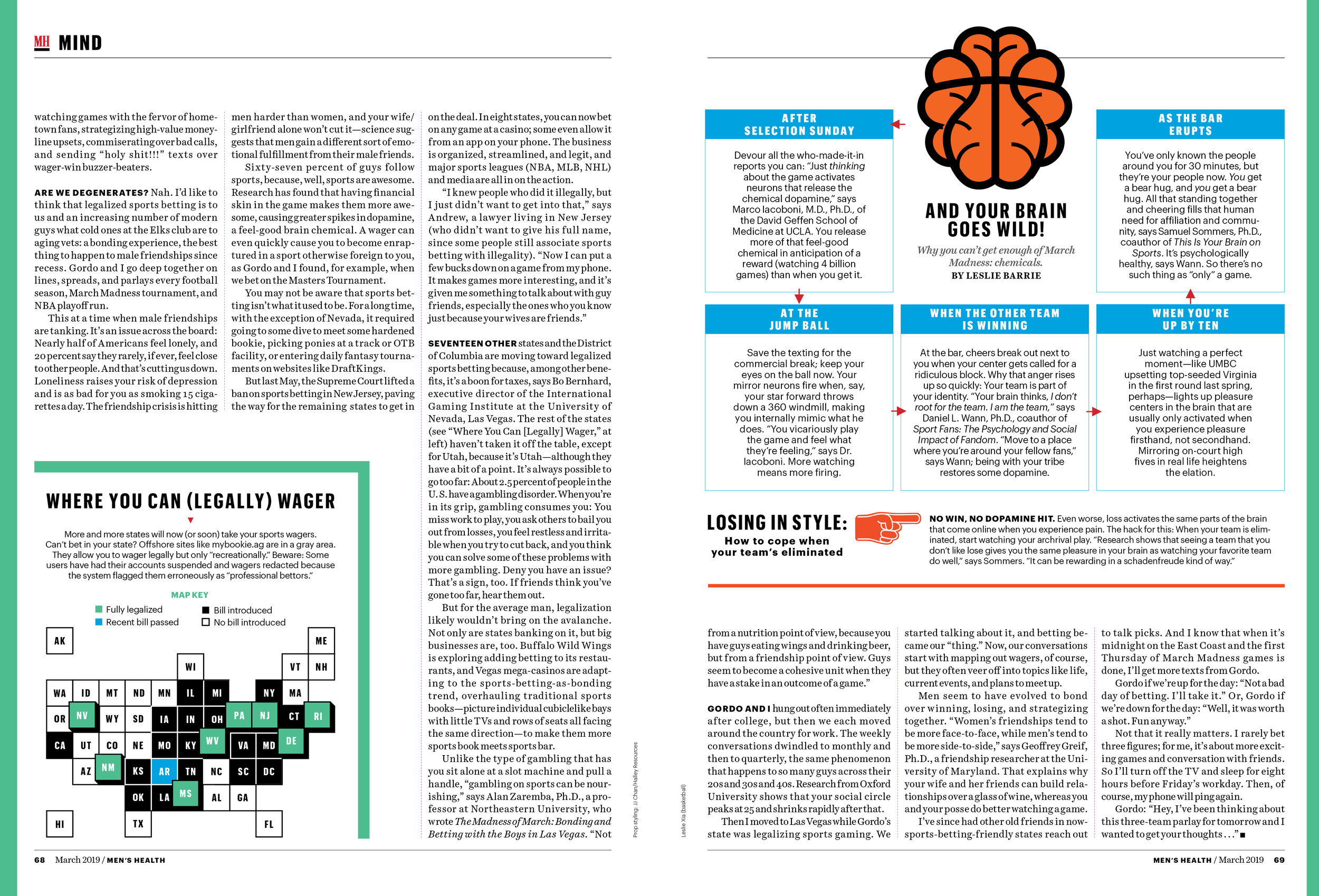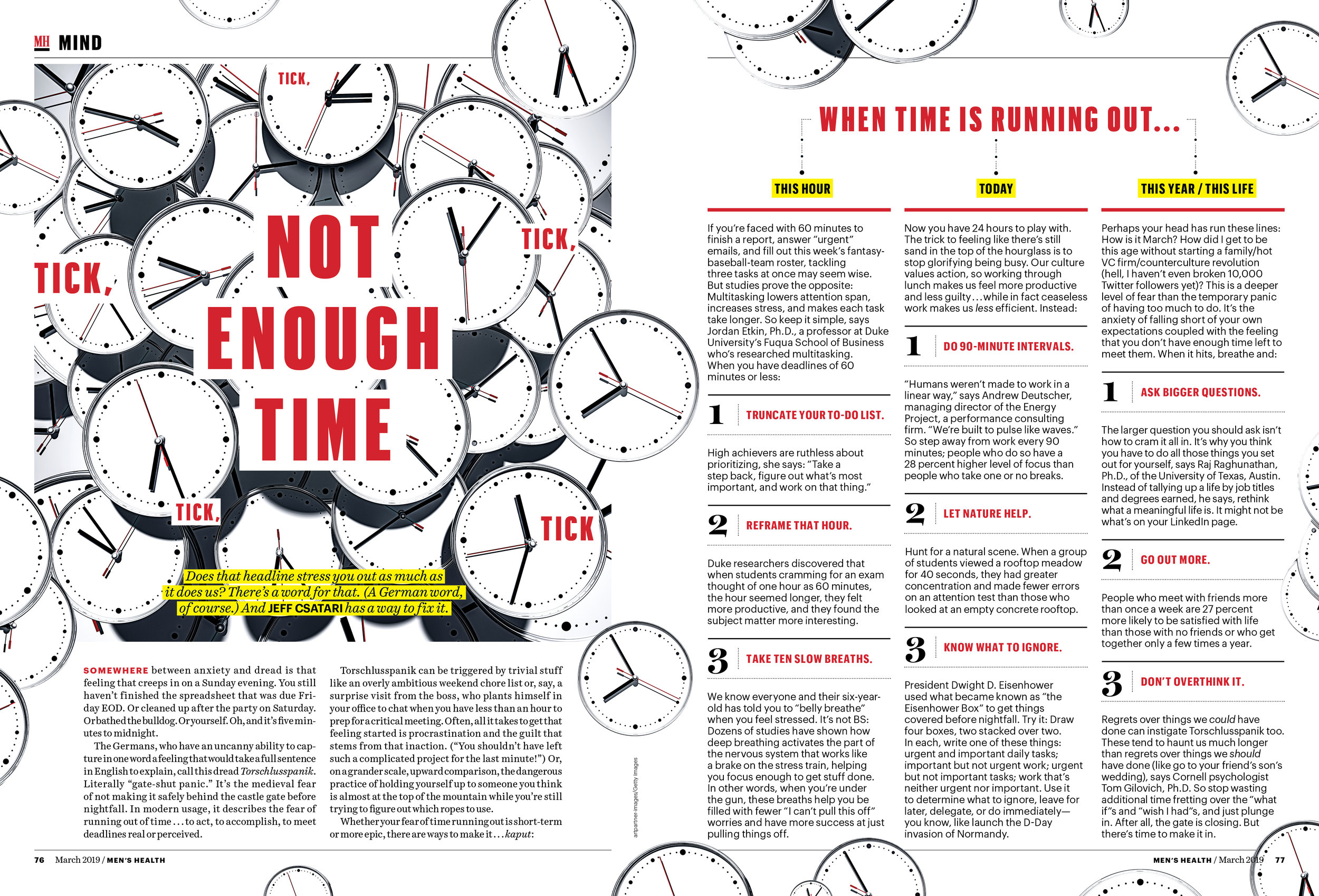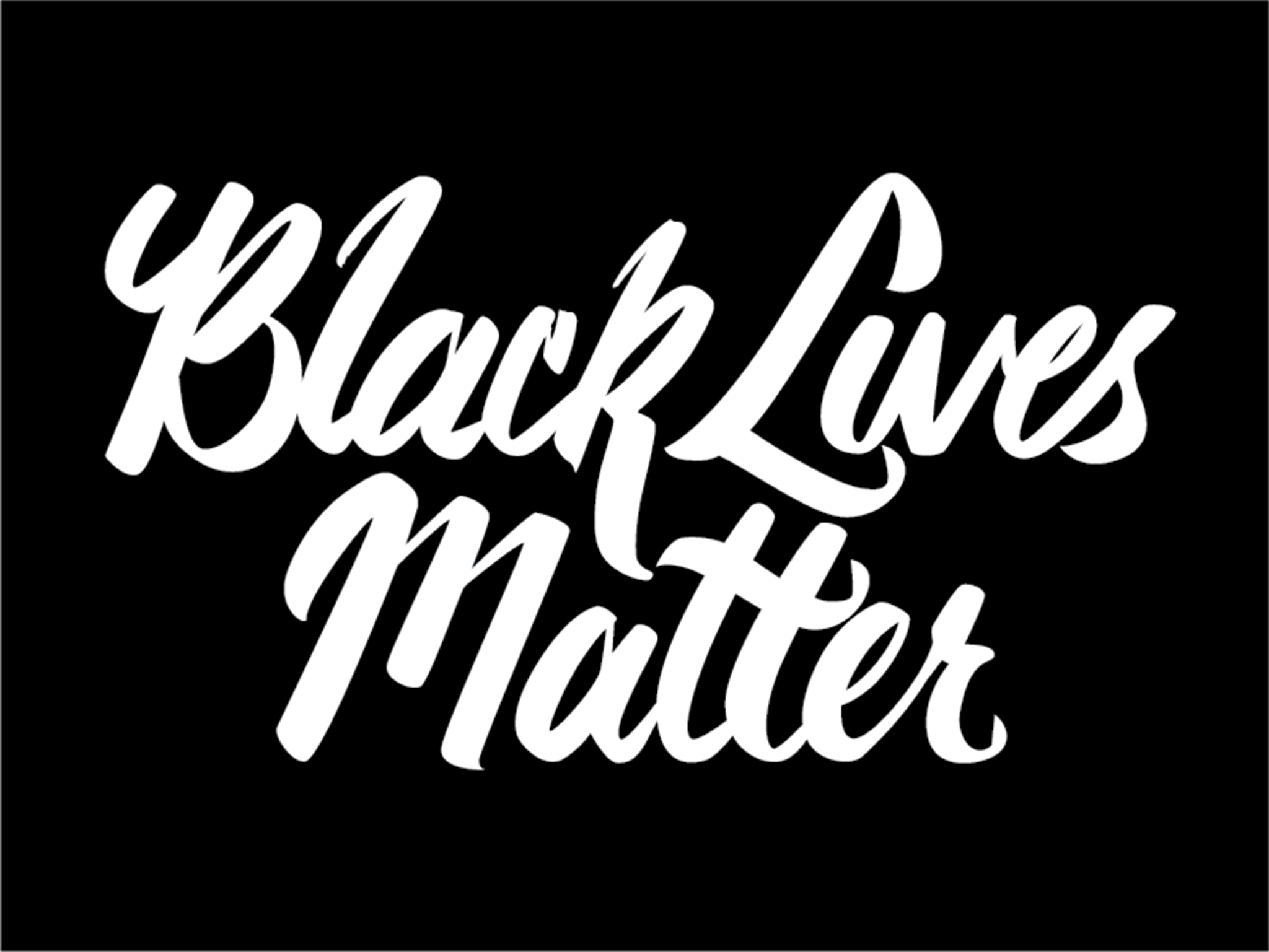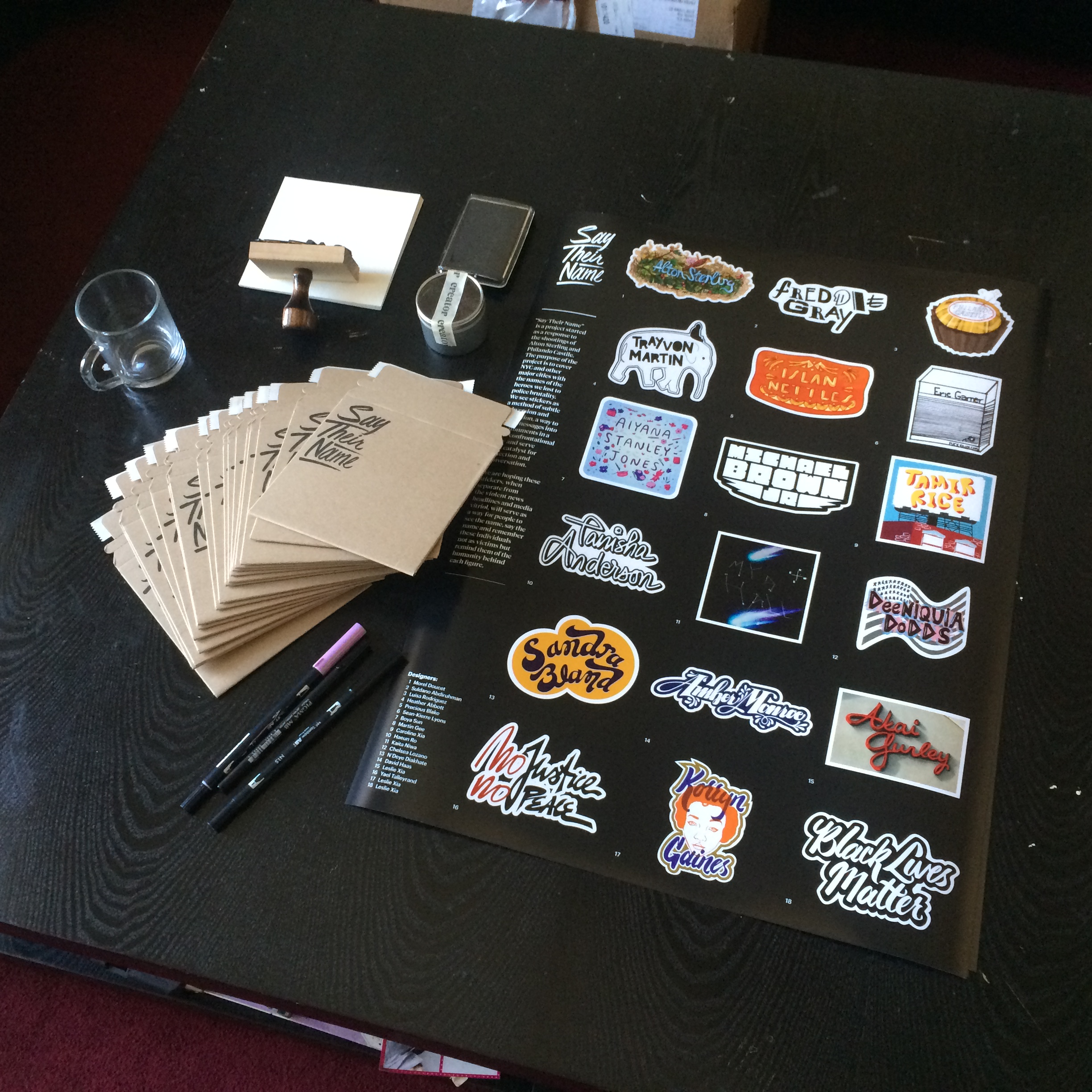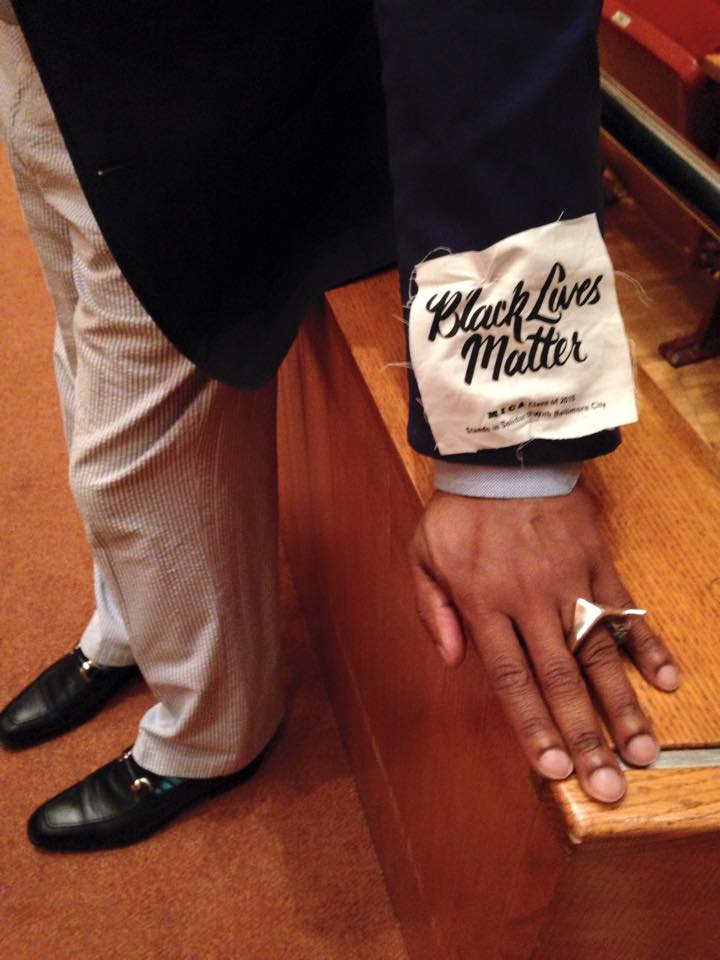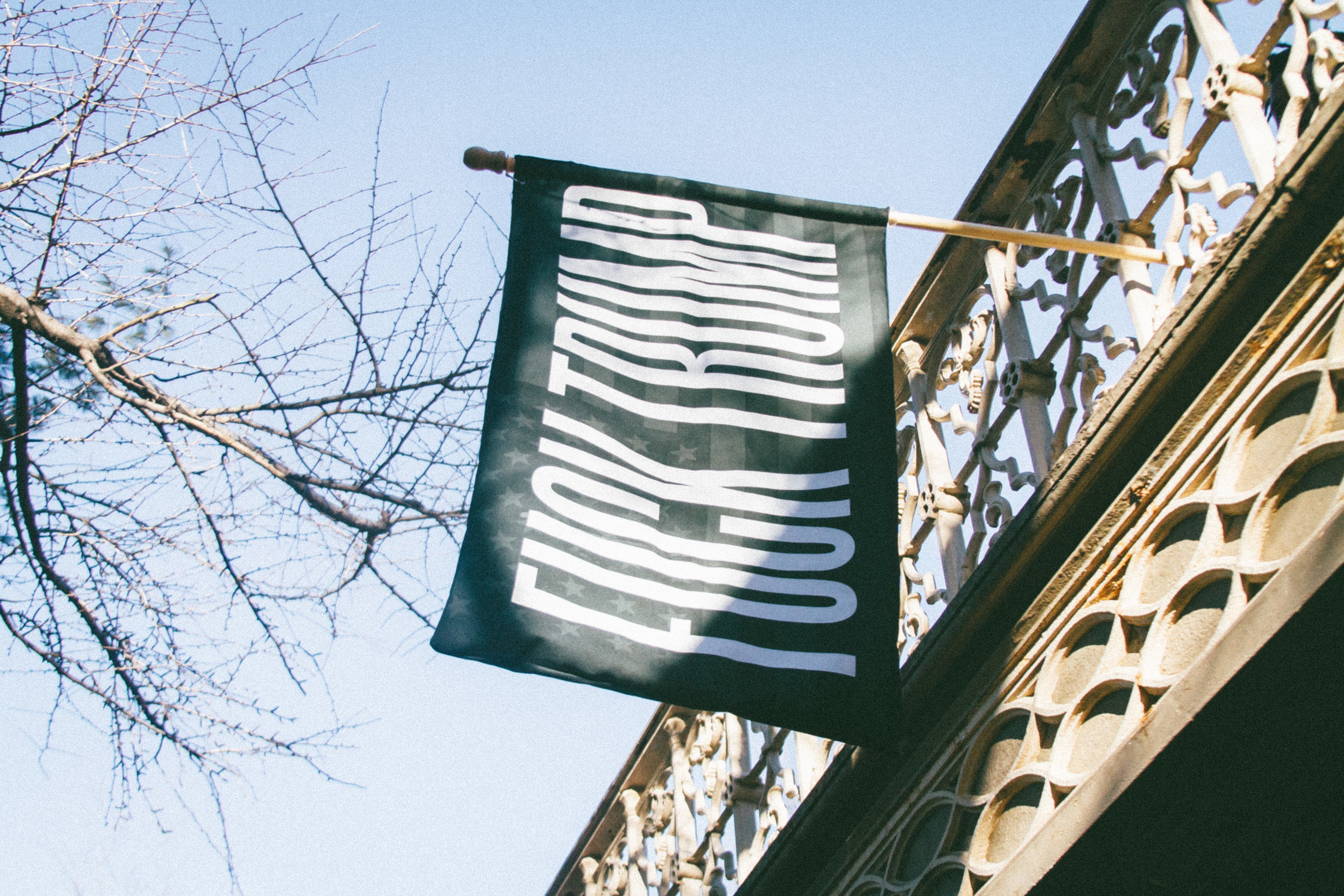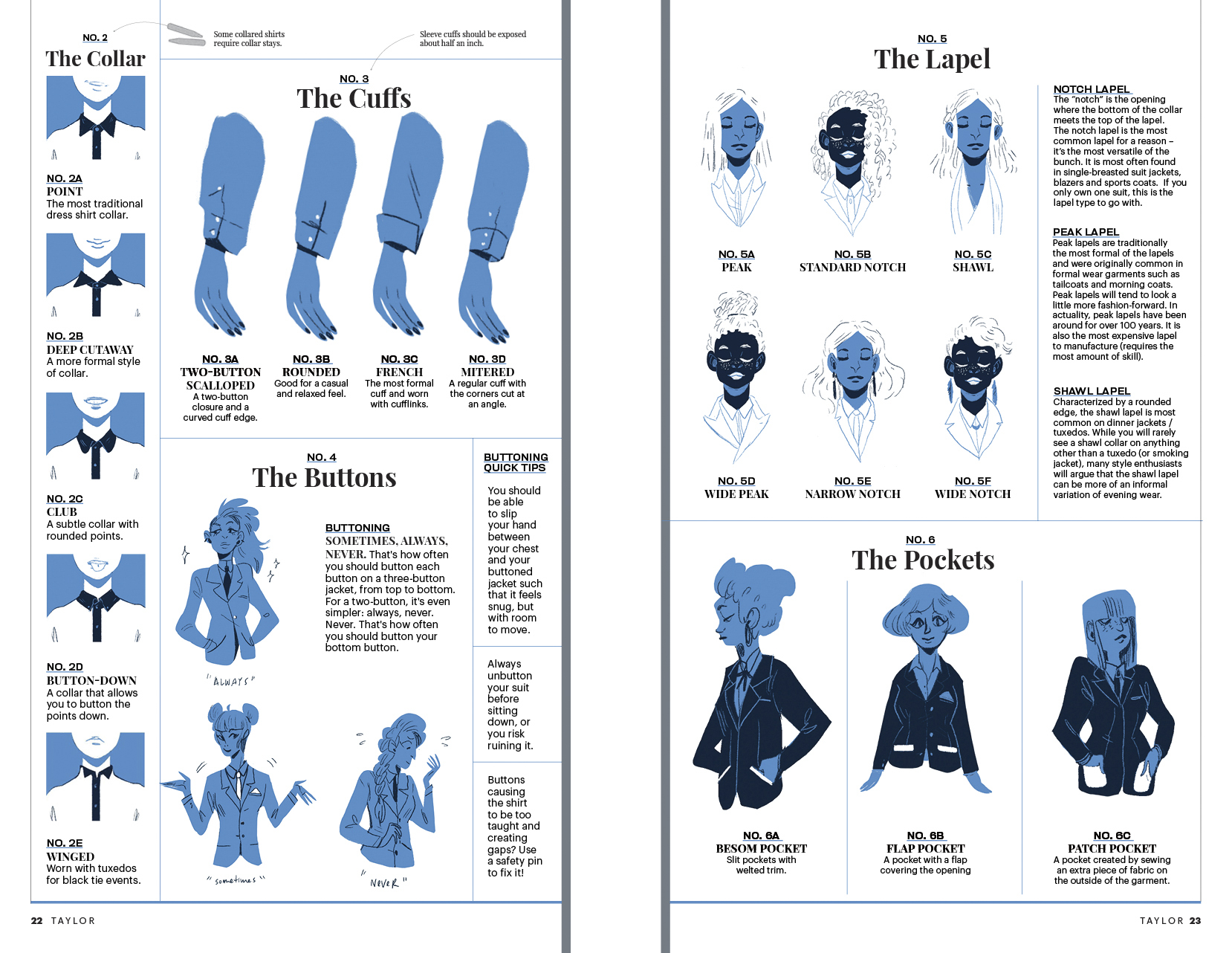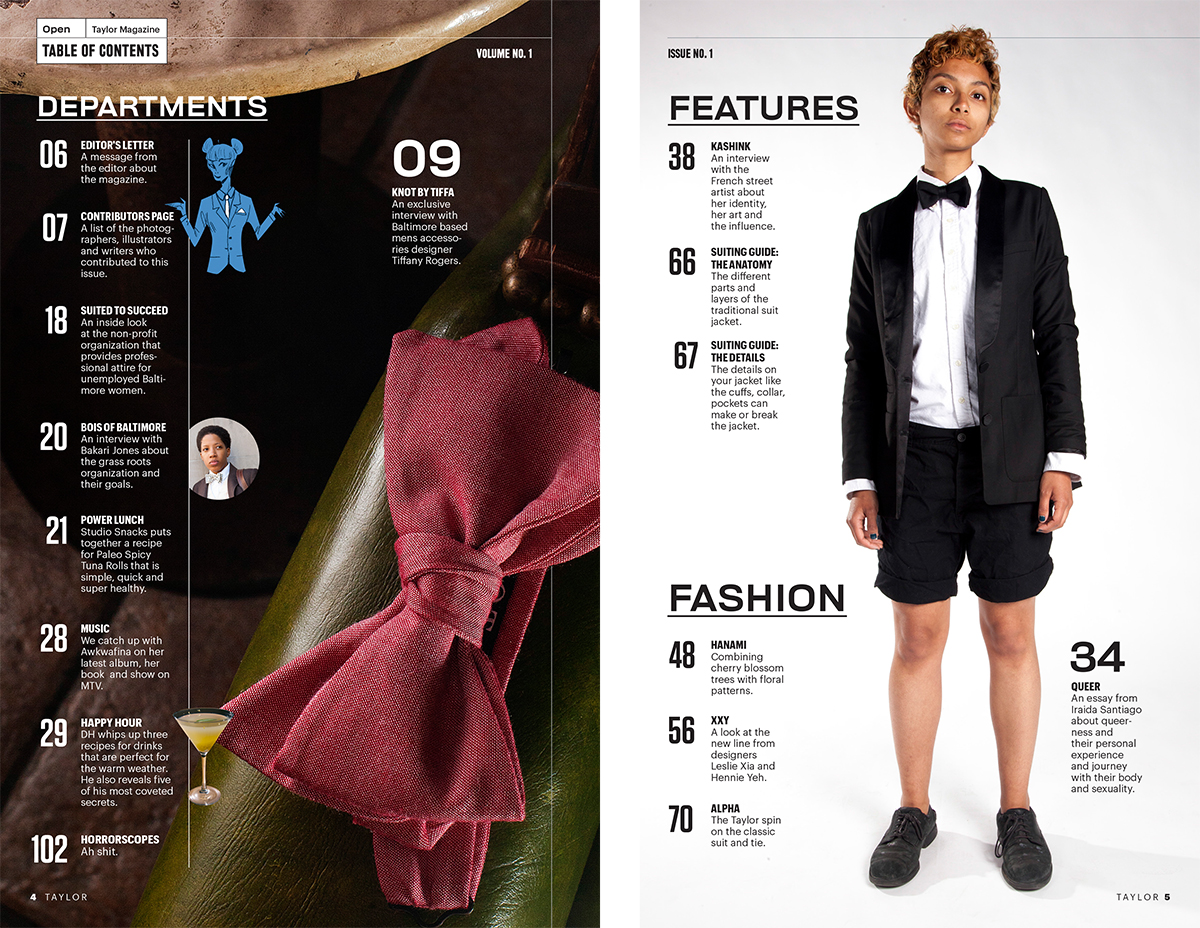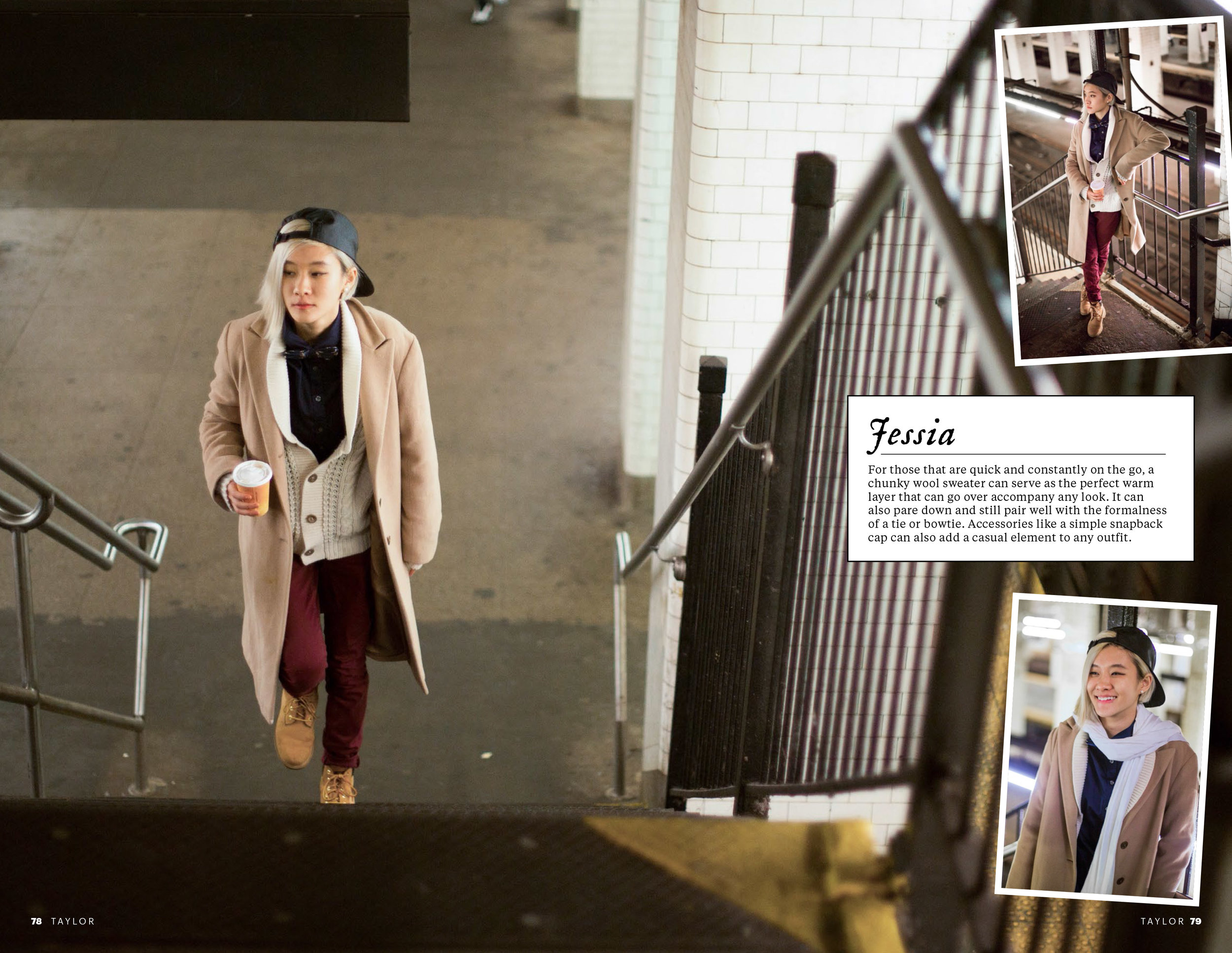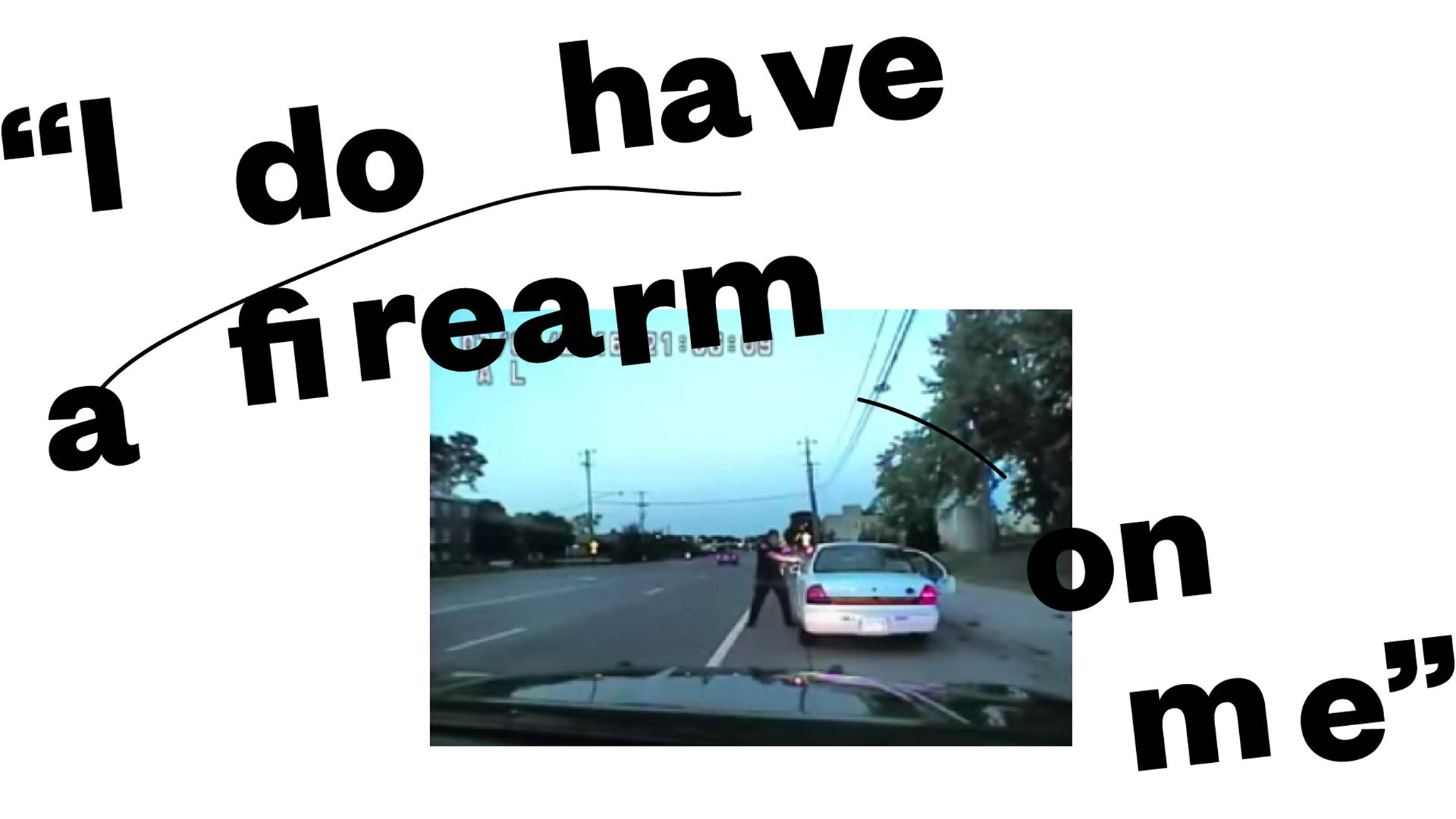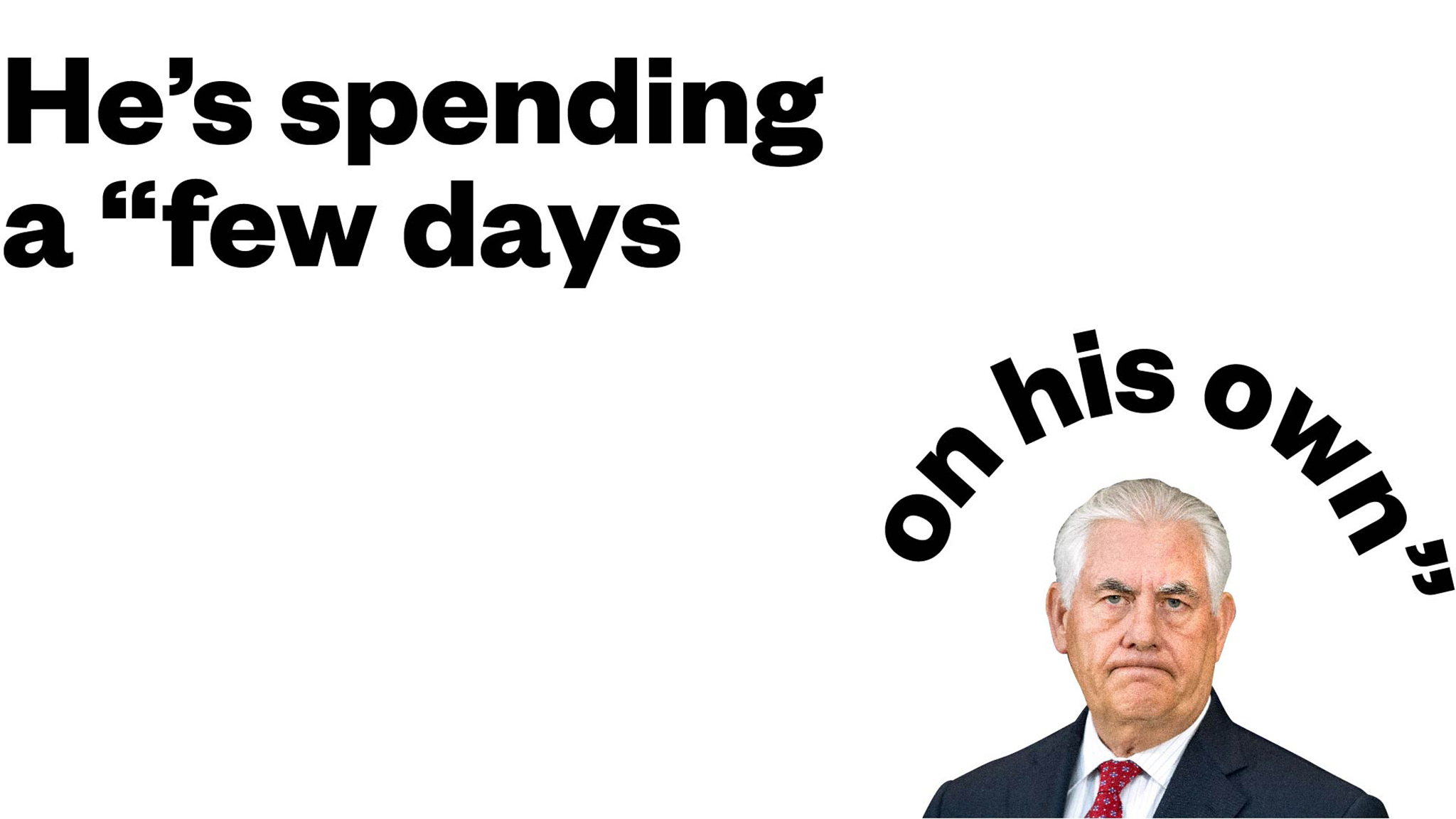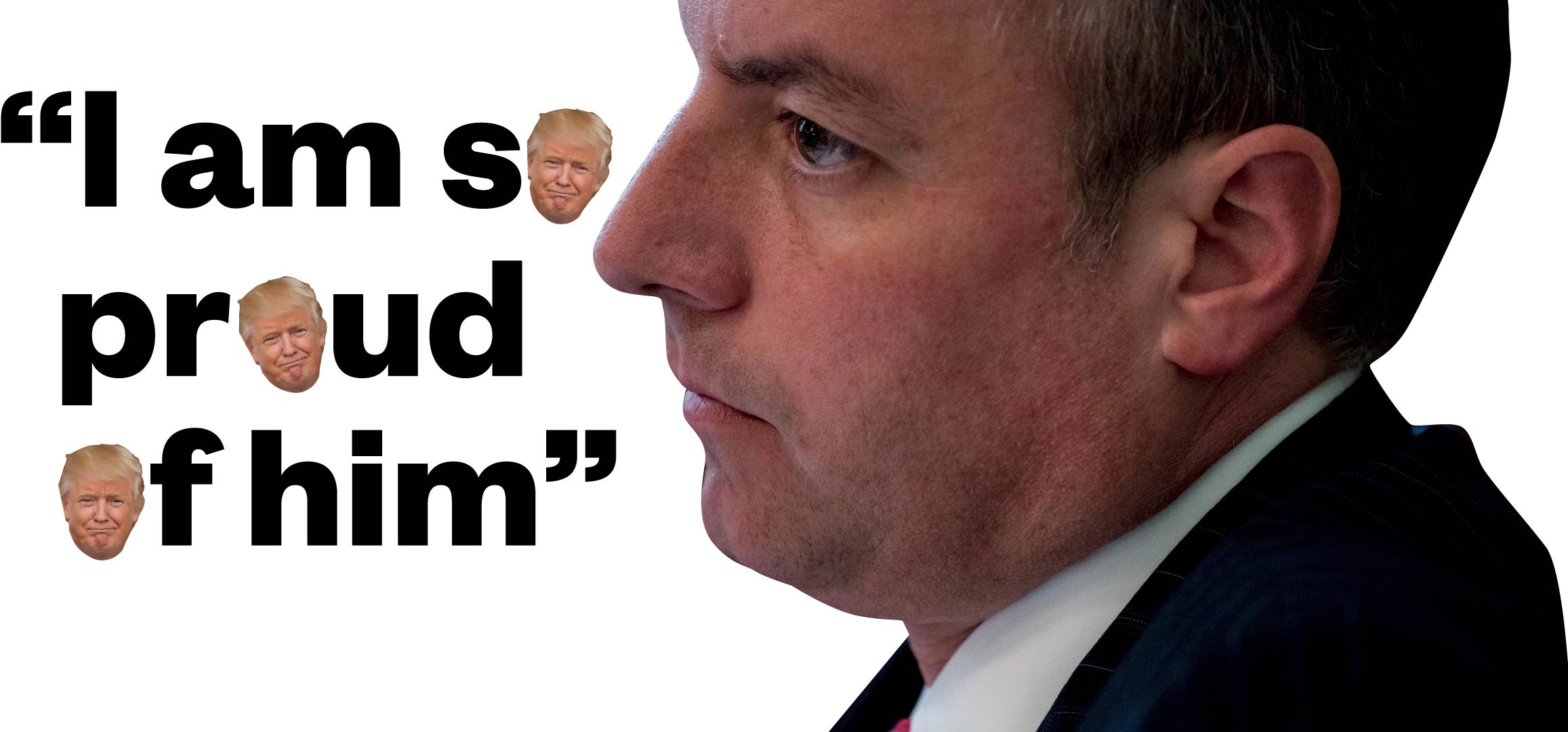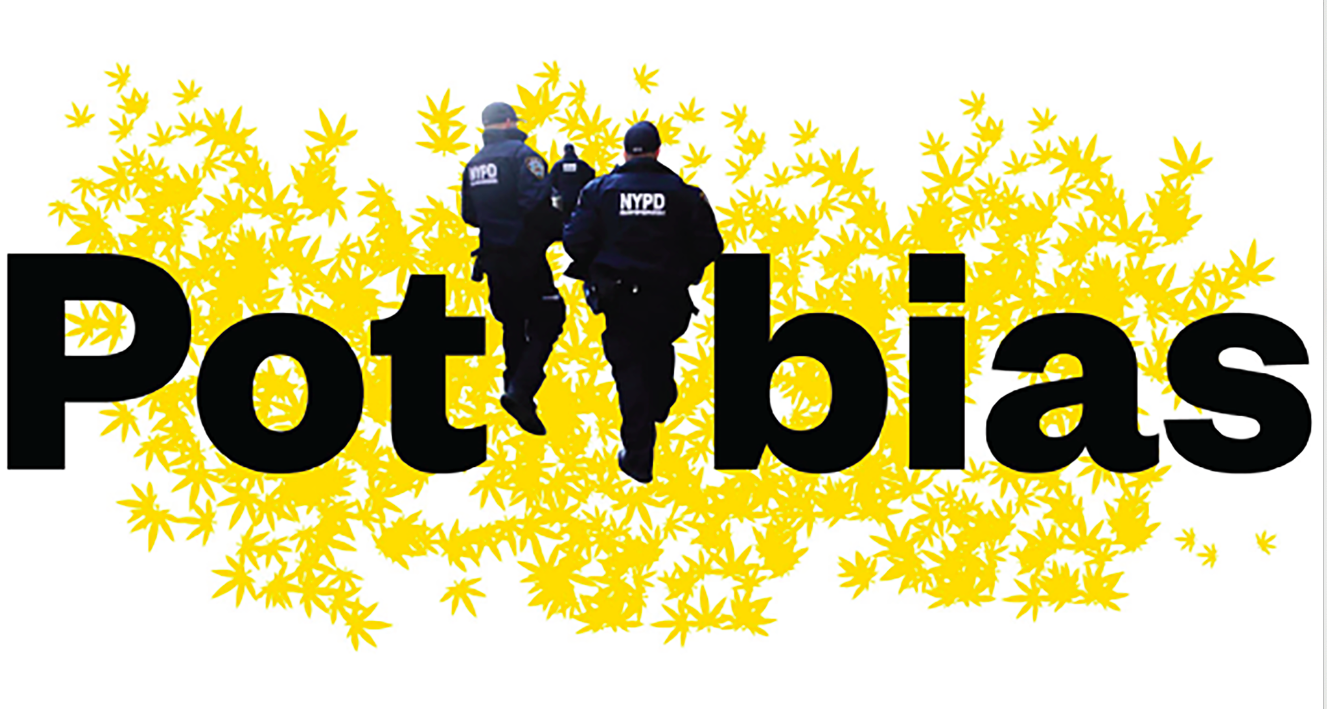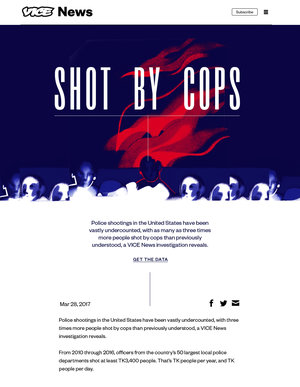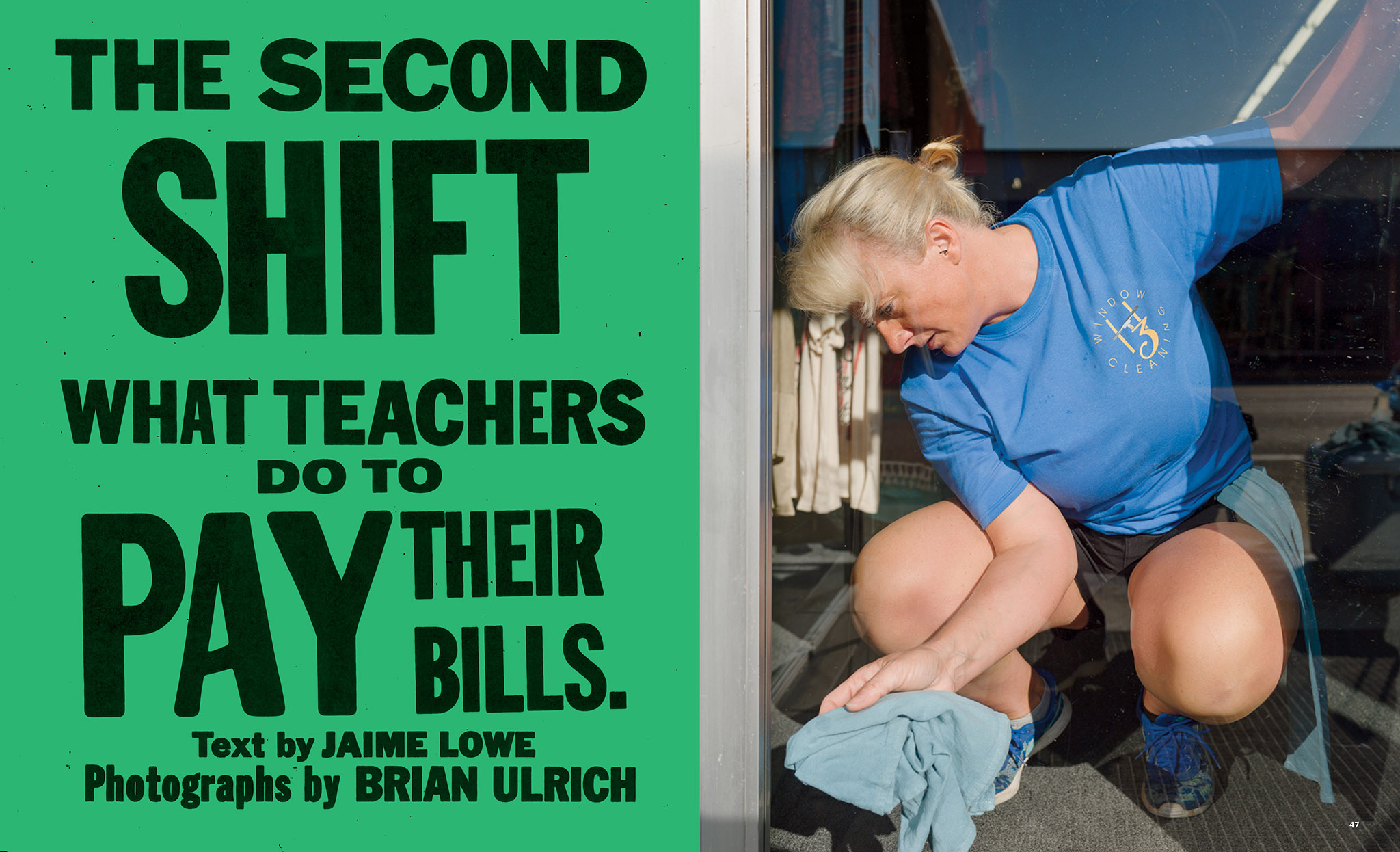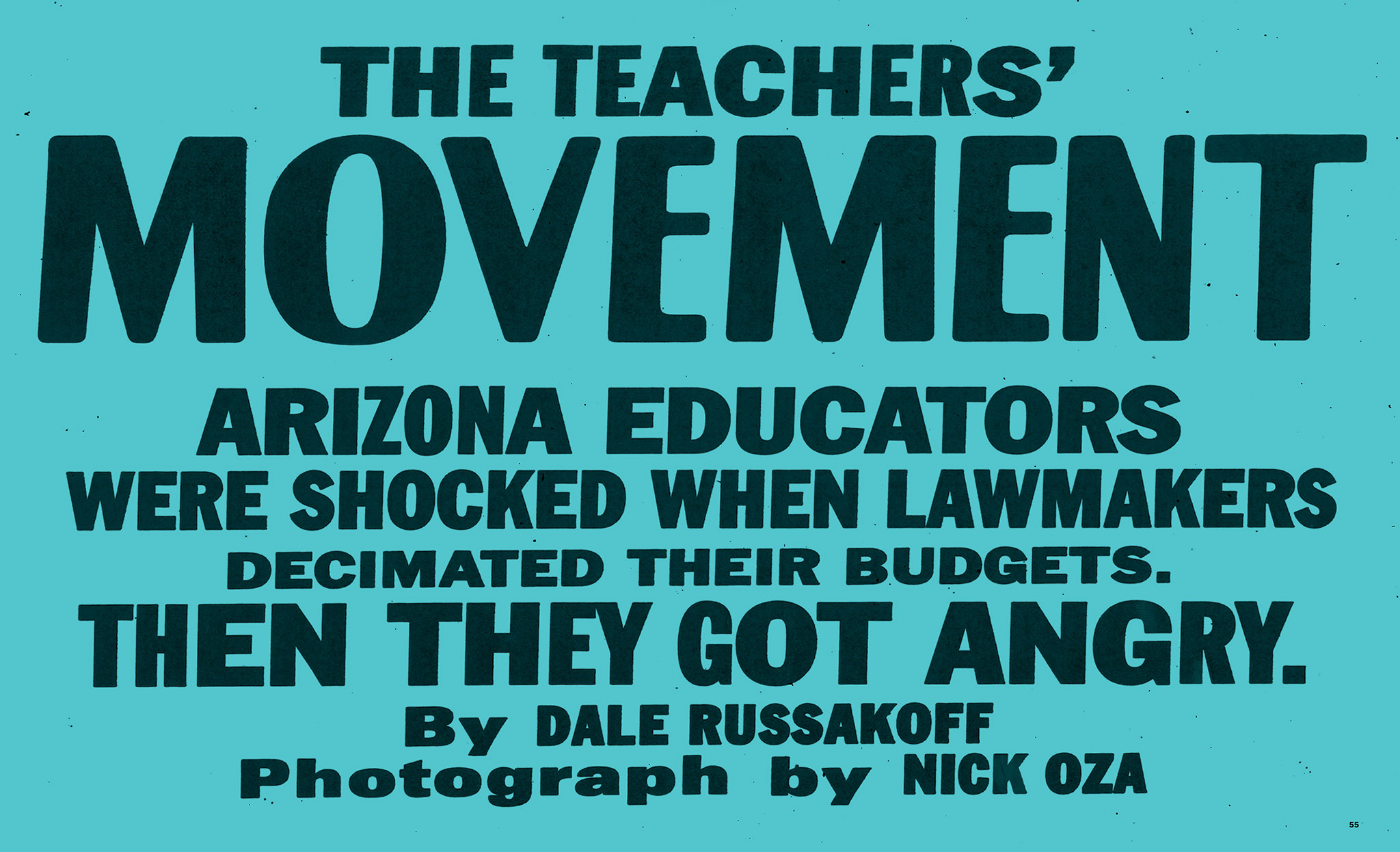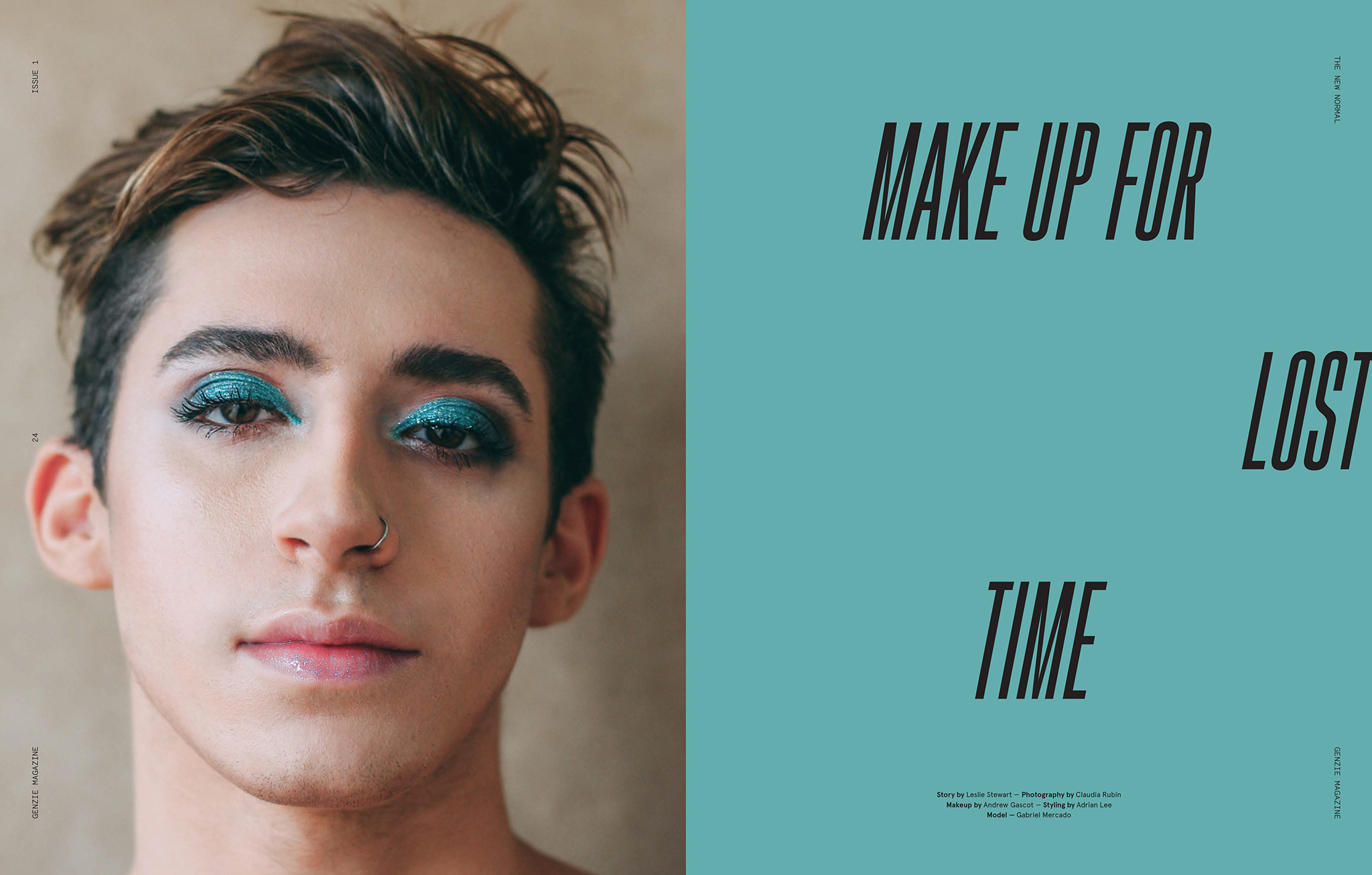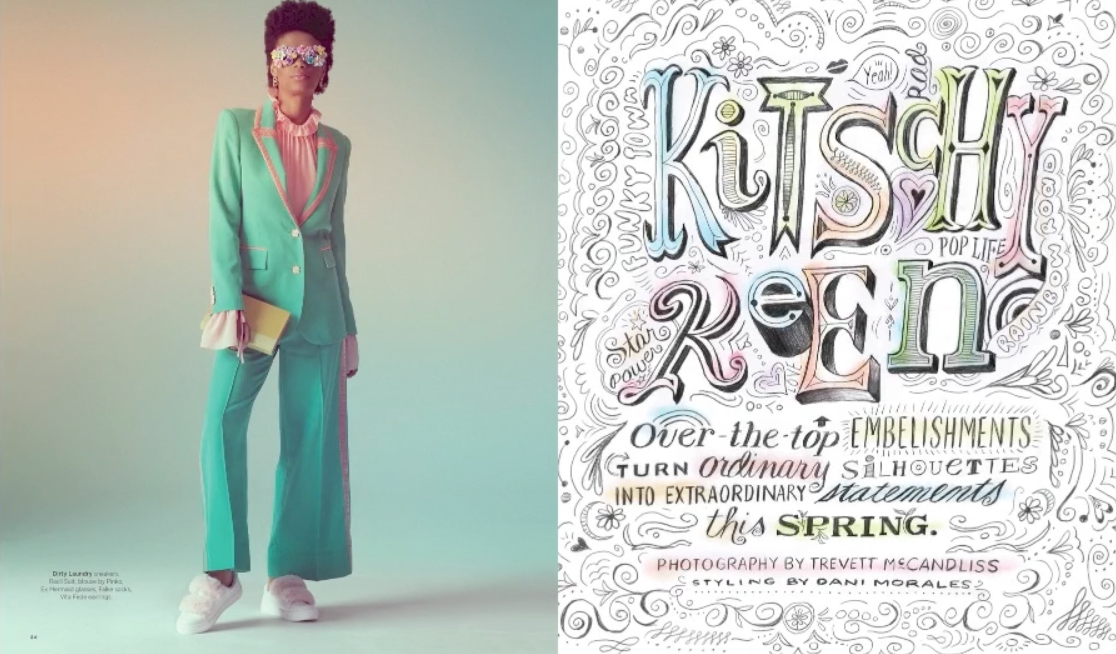Announcing our 2019 Student Competition Winners!
/After a great day of judging in March, we've picked our top winners in our 2019 Student Design Competition! We'll be announcing them all week long and updating the list here each day.
This year's competition was our 21st annual student competition. Our panel of judges had a difficult decision making their picks from all the great work submitted, but after multiple rounds of judging, they selected first, second and third-place winners as well as three runners-up plus some noteworthy entries. Click their names below to see their winning work.
Congrats to all our winners and to all the wonderful entries we received!
First Place and Recipient of the Mitch Shostak Award*
Gabriela Pesqueira
School: University of North Texas
Level: Junior
Instructor: Karen Dorff
Category: How-To Magazine
*Who's Mitch Shostak?
Our top prize is given to honor Mitch Shostak, a dear and dedicated friend of SPD who passed away on June 25, 2014. The former SPD board member had worked at numerous publications before opening Shostak Studios in 1993 where he continued to produce volumes of work for a number of clients. Mitch was widely respected as one of the country's leading publication designers. Committed and passionate in his teaching at the School of Visual Arts and mentoring in his own design studio, Mitch inspired his peers as well as many new generations of designers and art directors. We dedicate our top Student Design Competition prize to him in remembrance of his life and work.
Second Place and Recipient of the B.W. Honeycutt Award*
Elise Garcia
School: University of North Texas
Level: Junior
Instructor: Karen Dorff
Category: How-To Magazine
*Who's B.W. Honeycutt?
The second-place prize is our B.W. Honeycutt Award, given to honor the life and work of Bruce W. Honeycutt who died on January 12, 1994 at the age of 40. As the former Art Director of Details magazine, his redesign helped it earn accolades such as "Magazine of the Year" from Advertising Age and "Top Hottest Magazine" from Adweek. Honeycutt's work has been recognized by SPD, AIGA, and the Art Directors Club of New York amongst others. He taught publication design at the School of Visual Arts in New York City, and attended North Carolina University at Chapel Hill.
Third Place
Danielle Malek
School: California State University, Fullerton
Level: Senior
Instructor: Yoon Han
Category: How-To Magazine
Fourth Place
Sam Whitney
School: Syracuse University
Level: Senior
Instructor: Michele Damato
Category: Fashion/Lifestyle Magazine
Fifth Place
Noah Morgan
School: Kean University
Level: Junior
Instructor: Trevett McCandliss
Category: News Magazine
Sixth Place
Keri Stefkovich
School: Kutztown University
Level: Junior
Instructor: Holly Tienken
Category: News Magazine
Noteworthy
Deana Abdou
School: Kean University
Level: Junior
Instructor: Trevett McCandliss
Category: How-To Magazine
Rebekah Birleson
School: Norwich University of the Arts
Level: Senior
Instructor: Glen Robinson
Category: Fashion/Lifestyle Magazine
Heather Leiby
School: Kutztown University
Level: Junior
Instructor: Holly Tienken
Category: How-To Magazine
Luke Bergamasco
School: Kean University
Level: Senior
Instructor: Trevett McCandliss
Category: Fashion/Lifestyle Magazine
